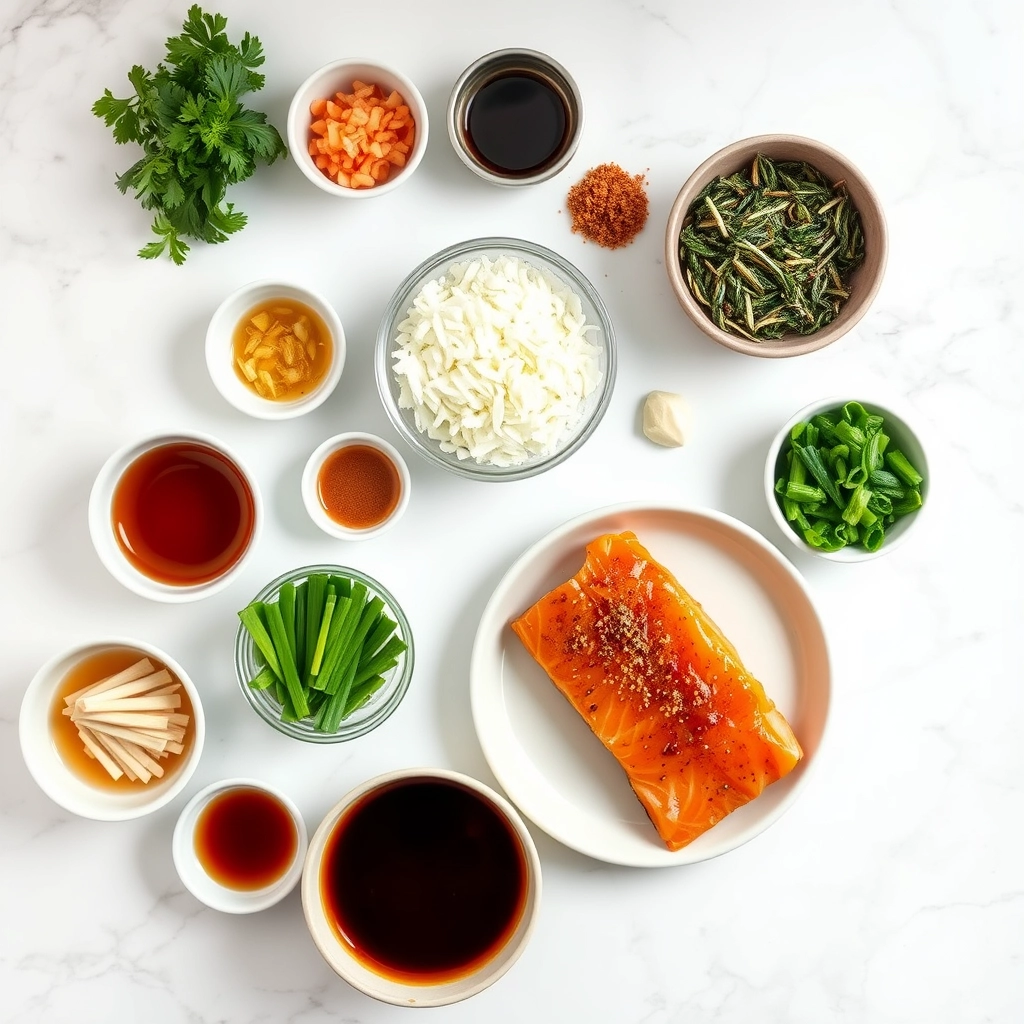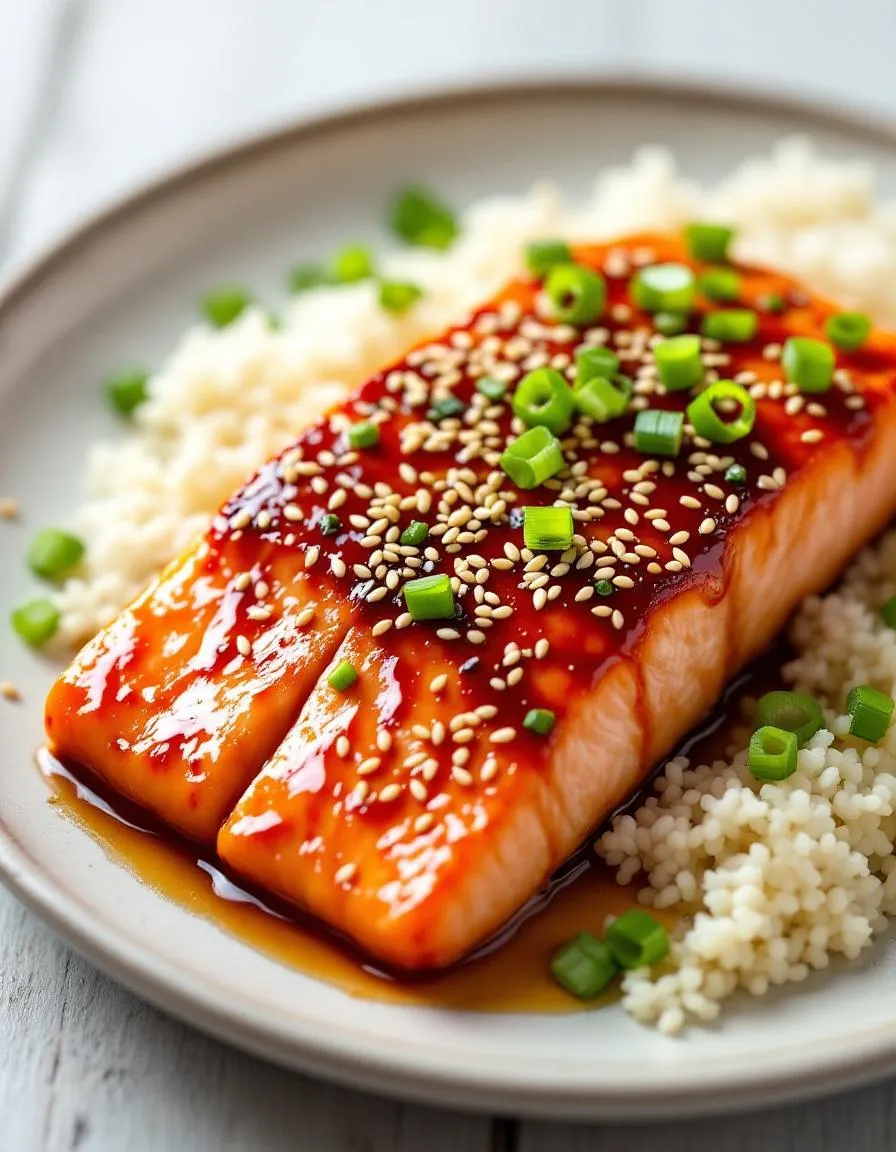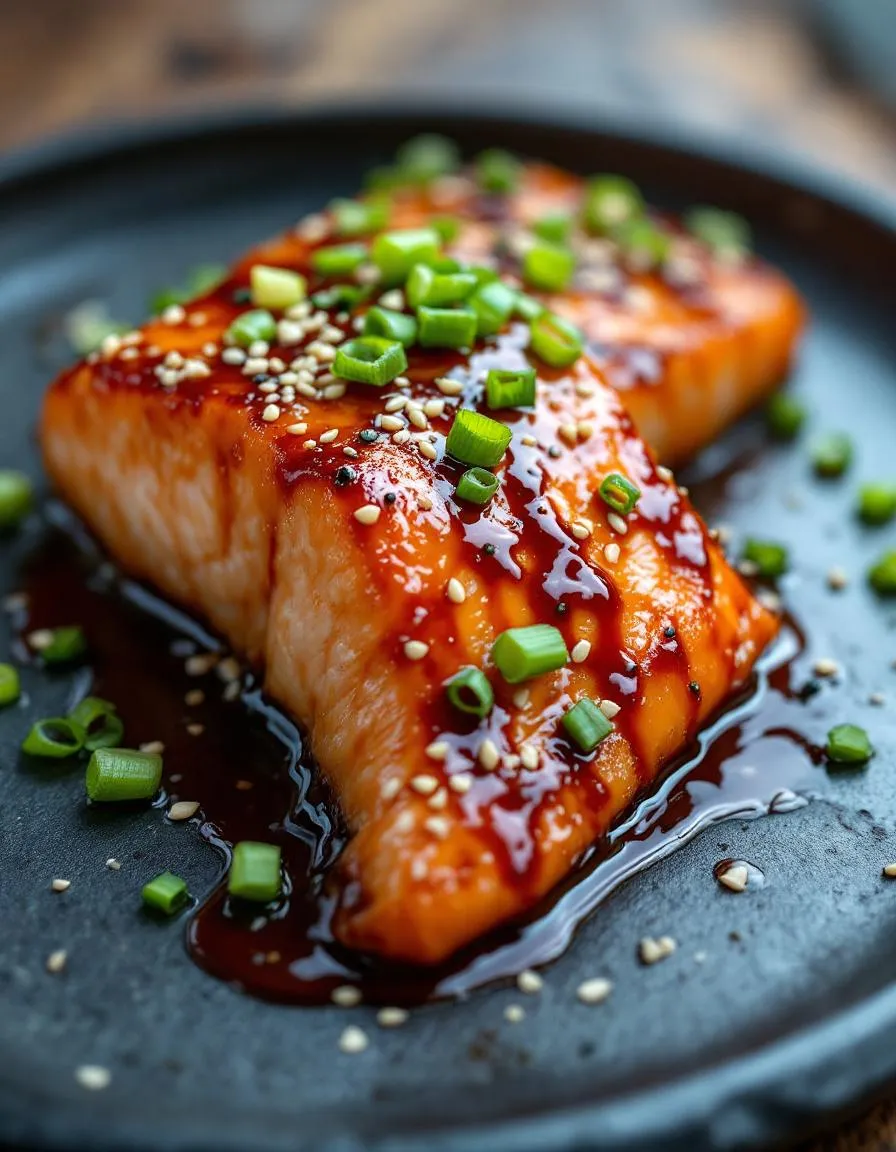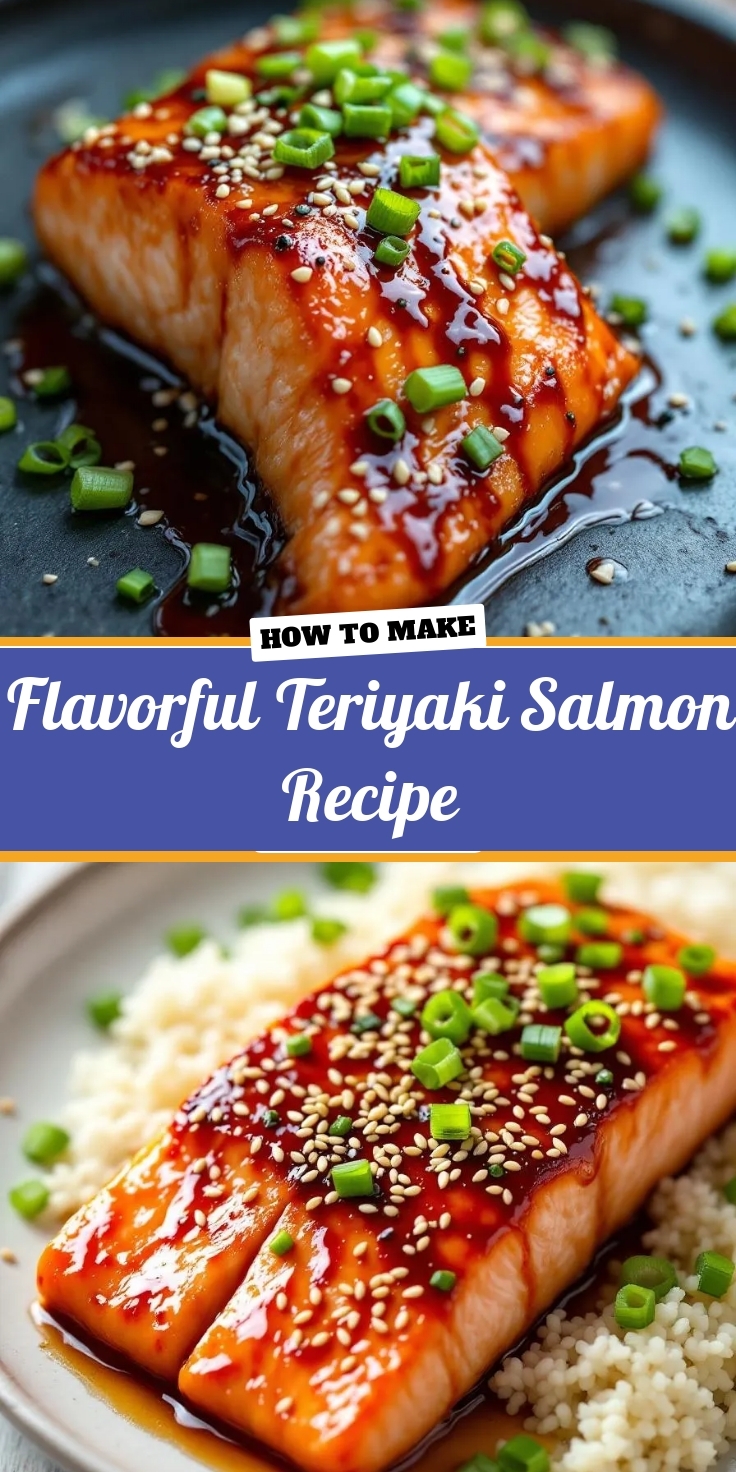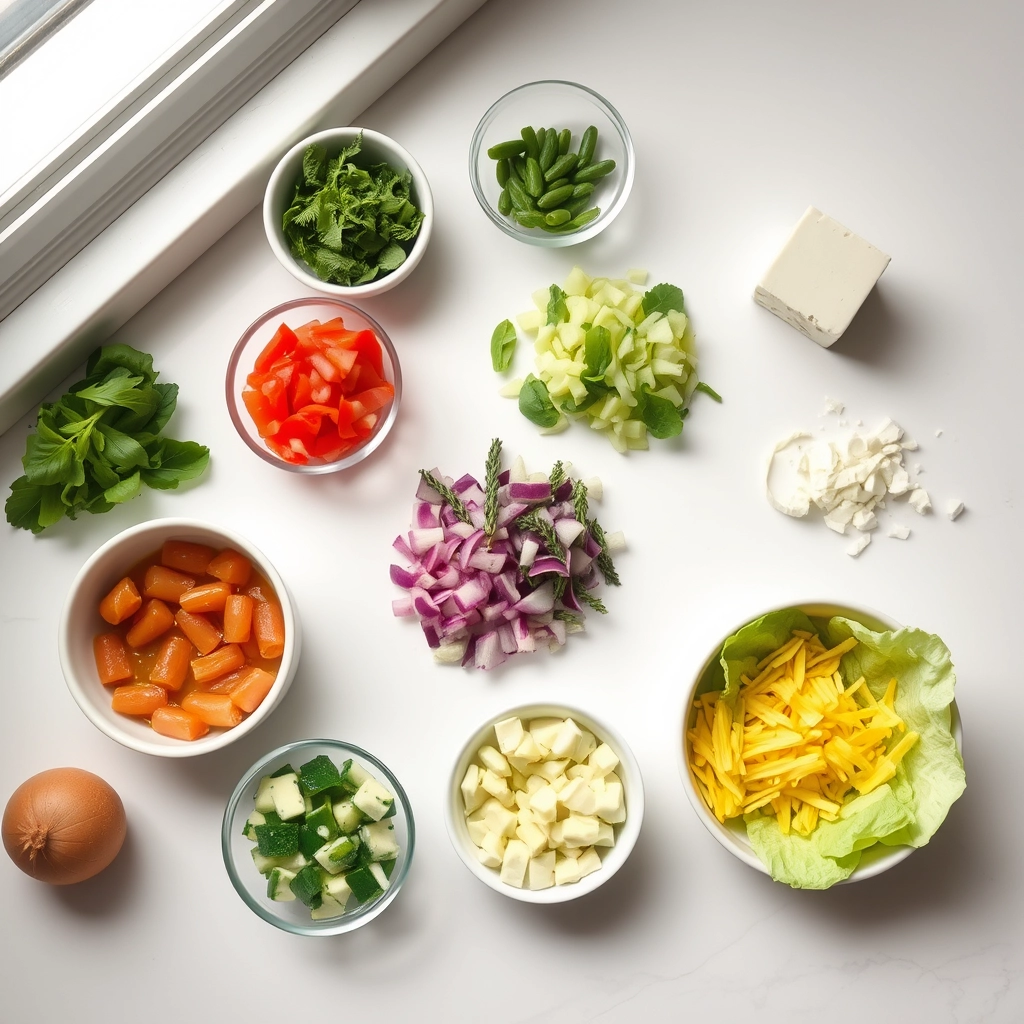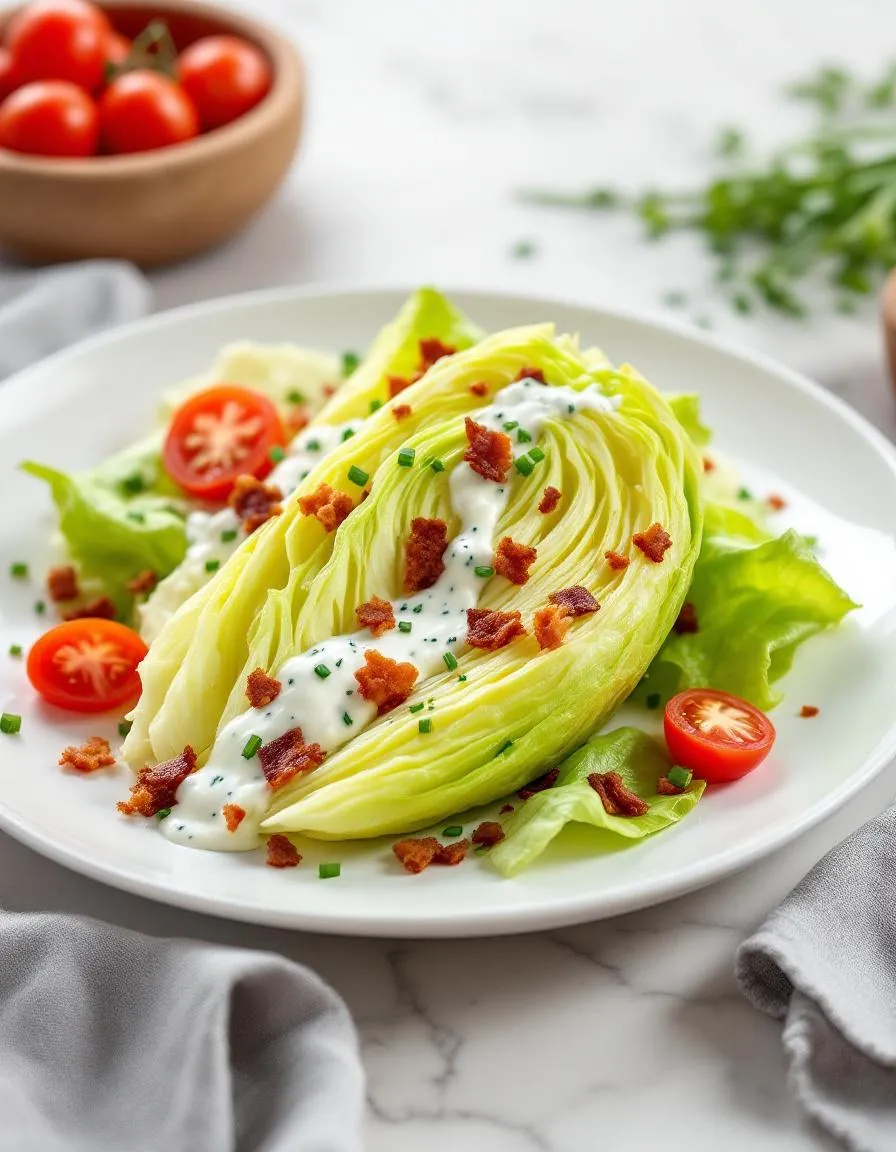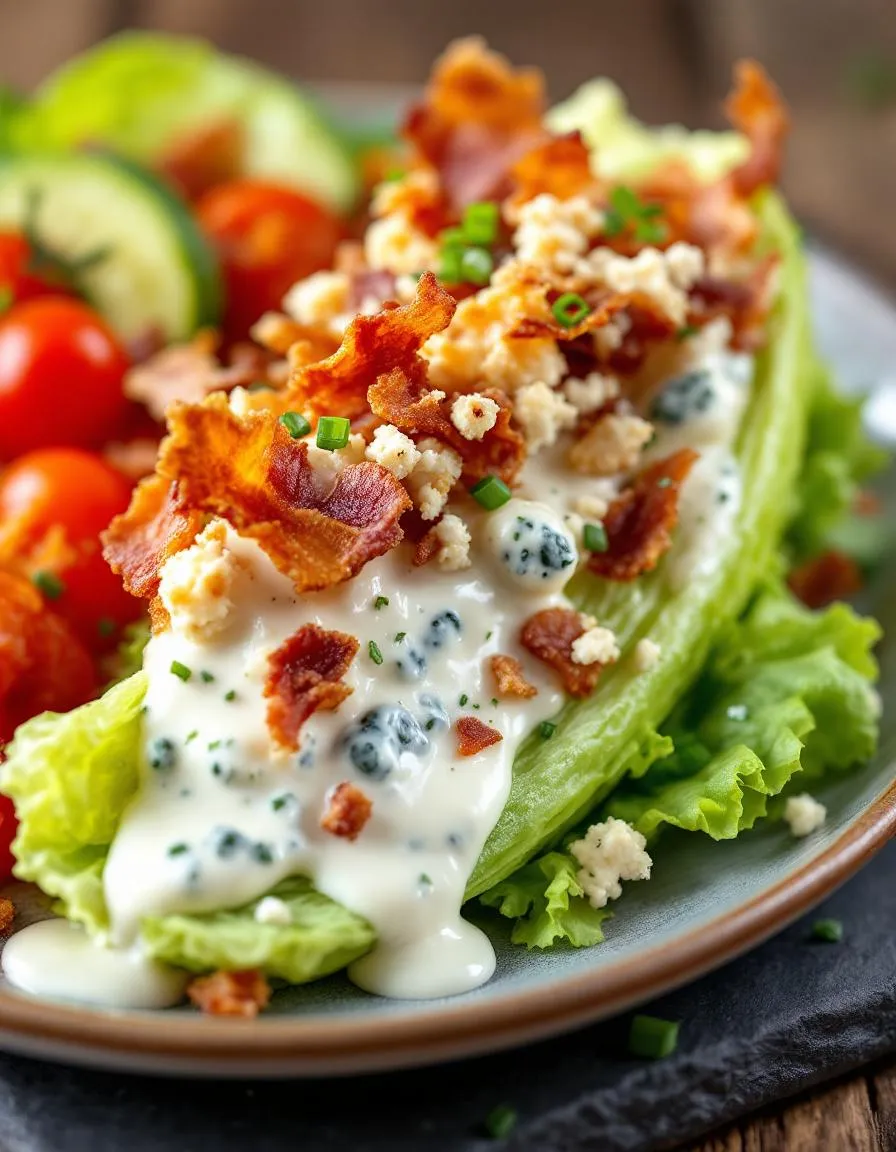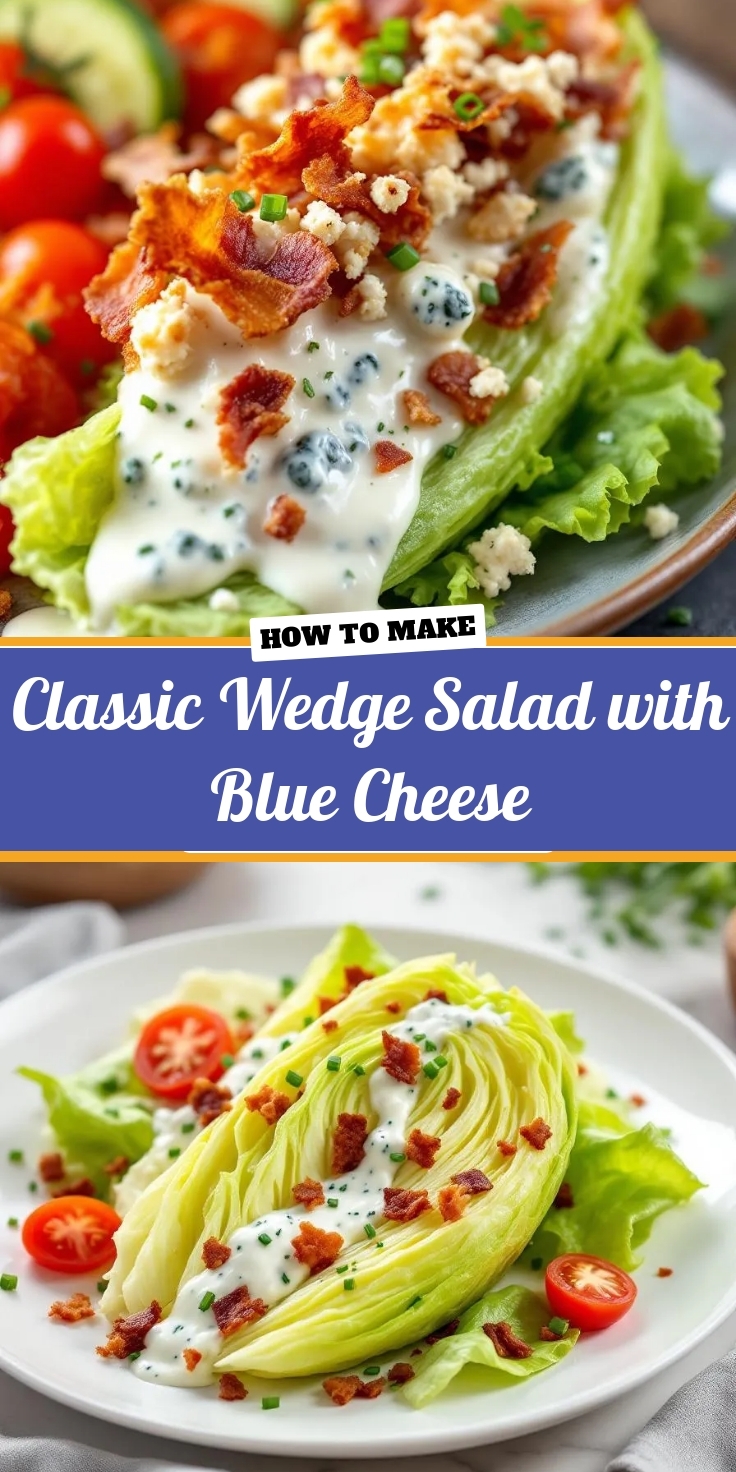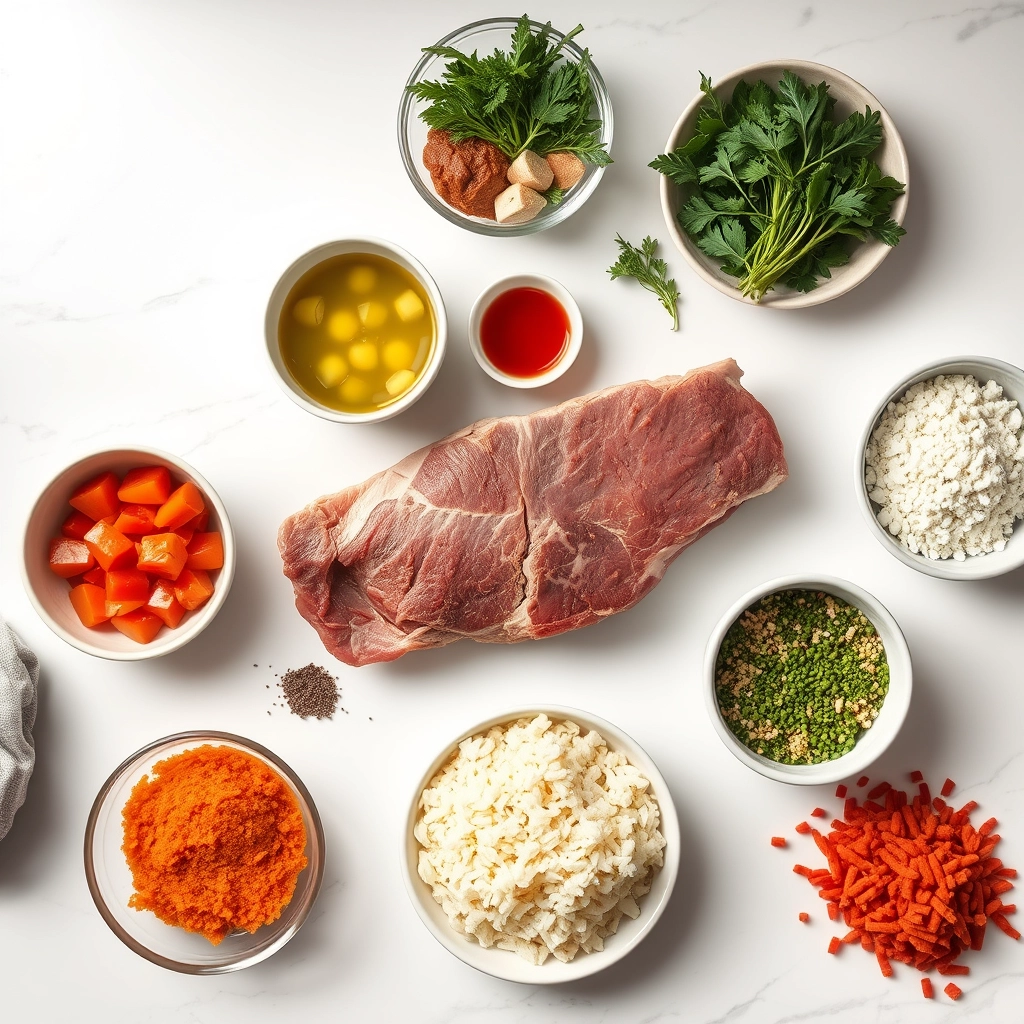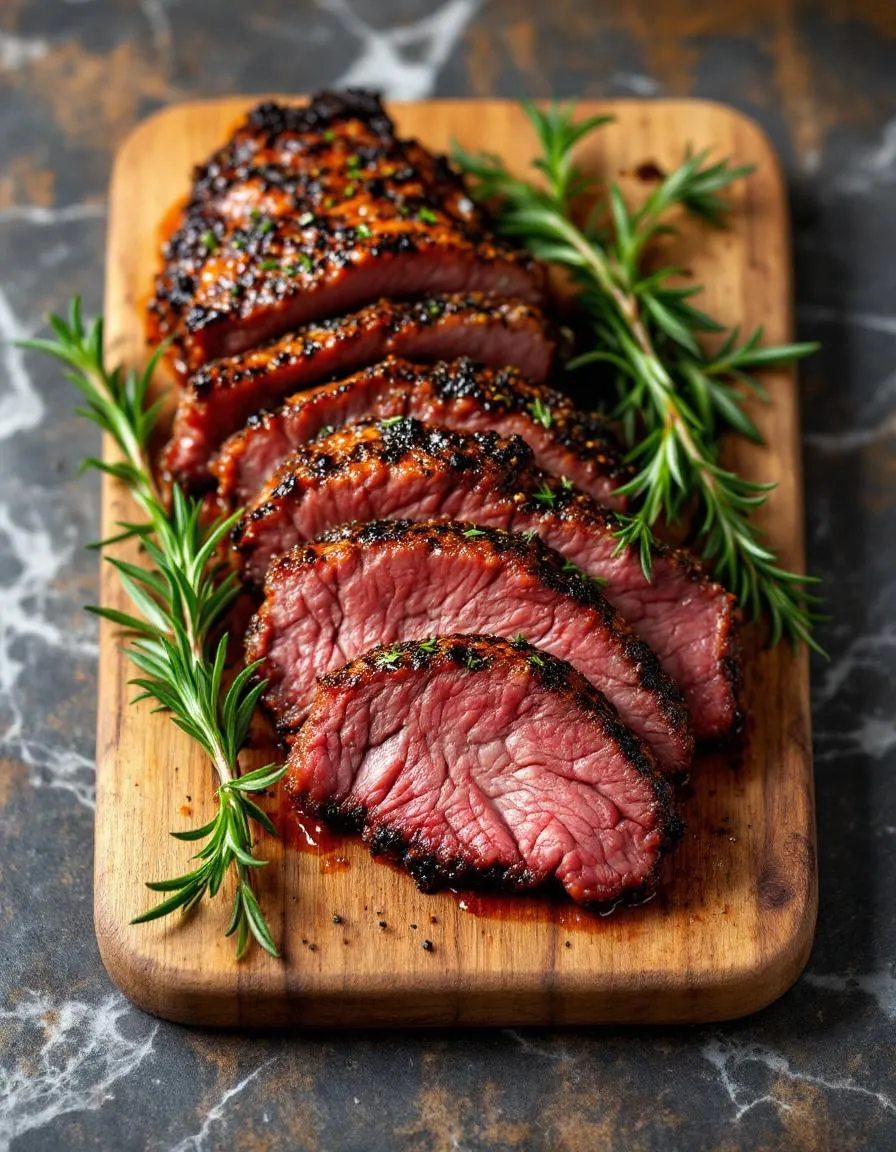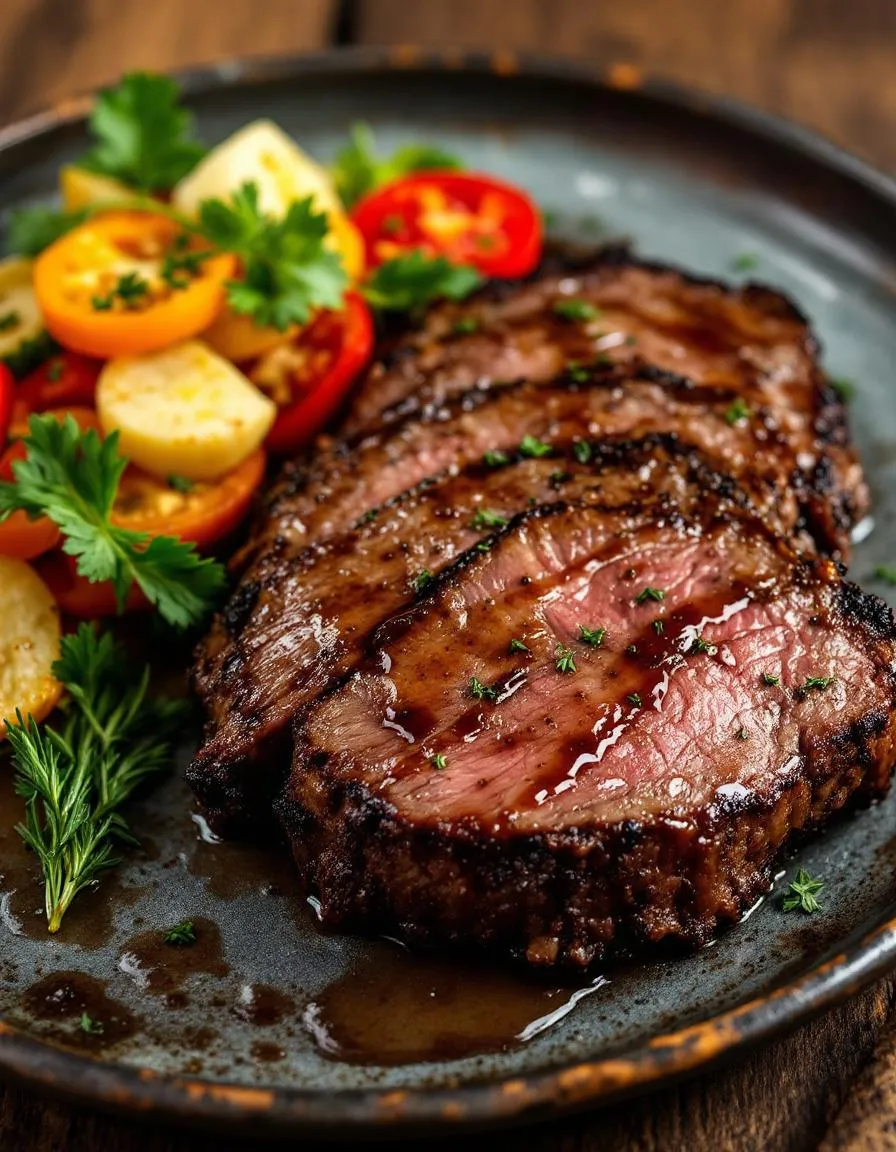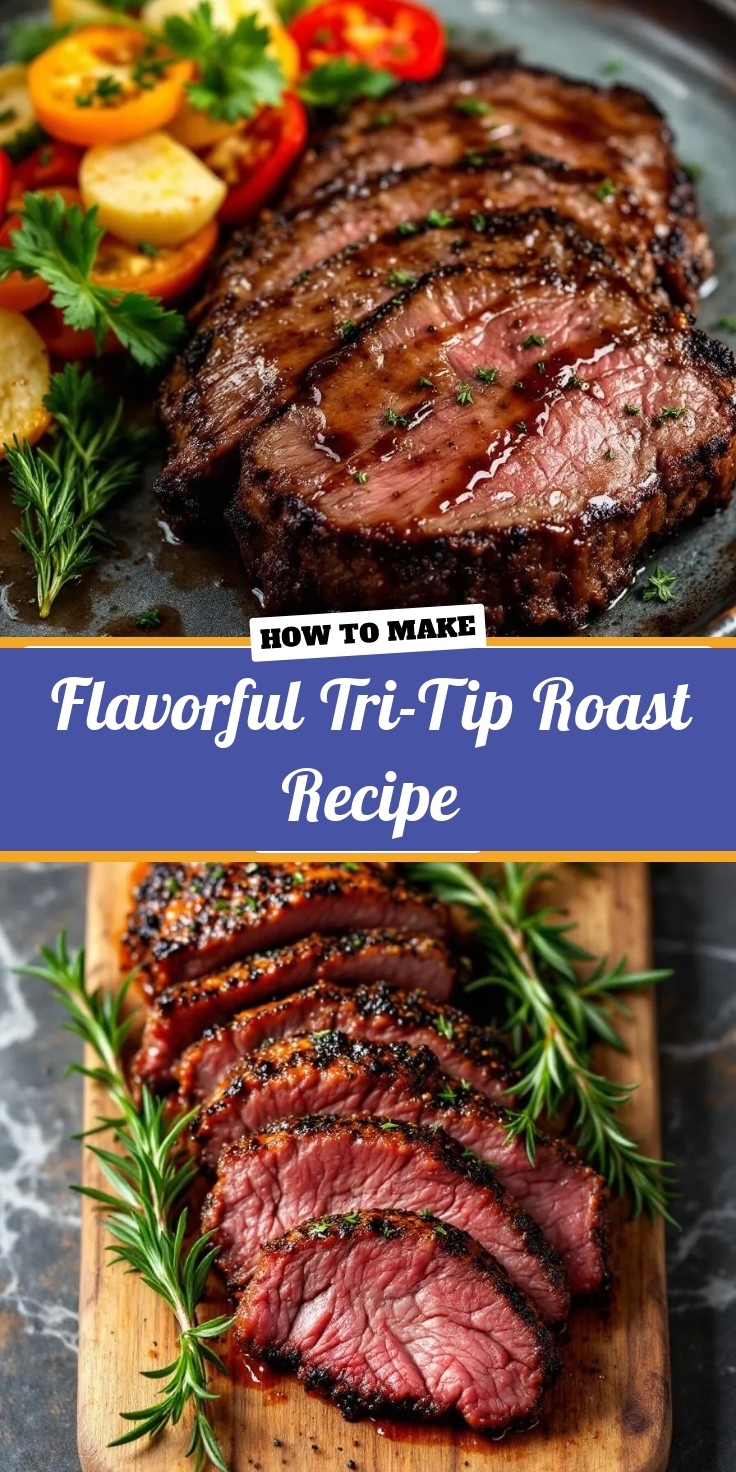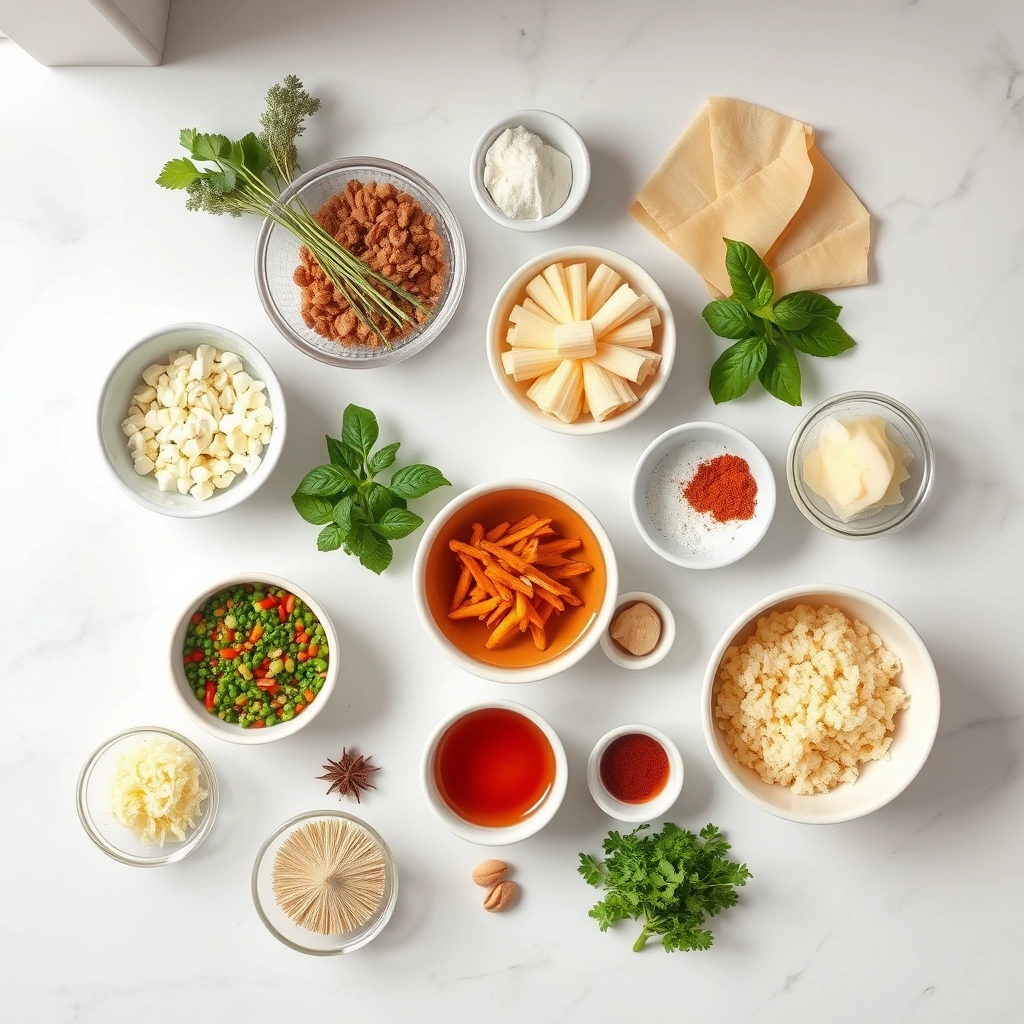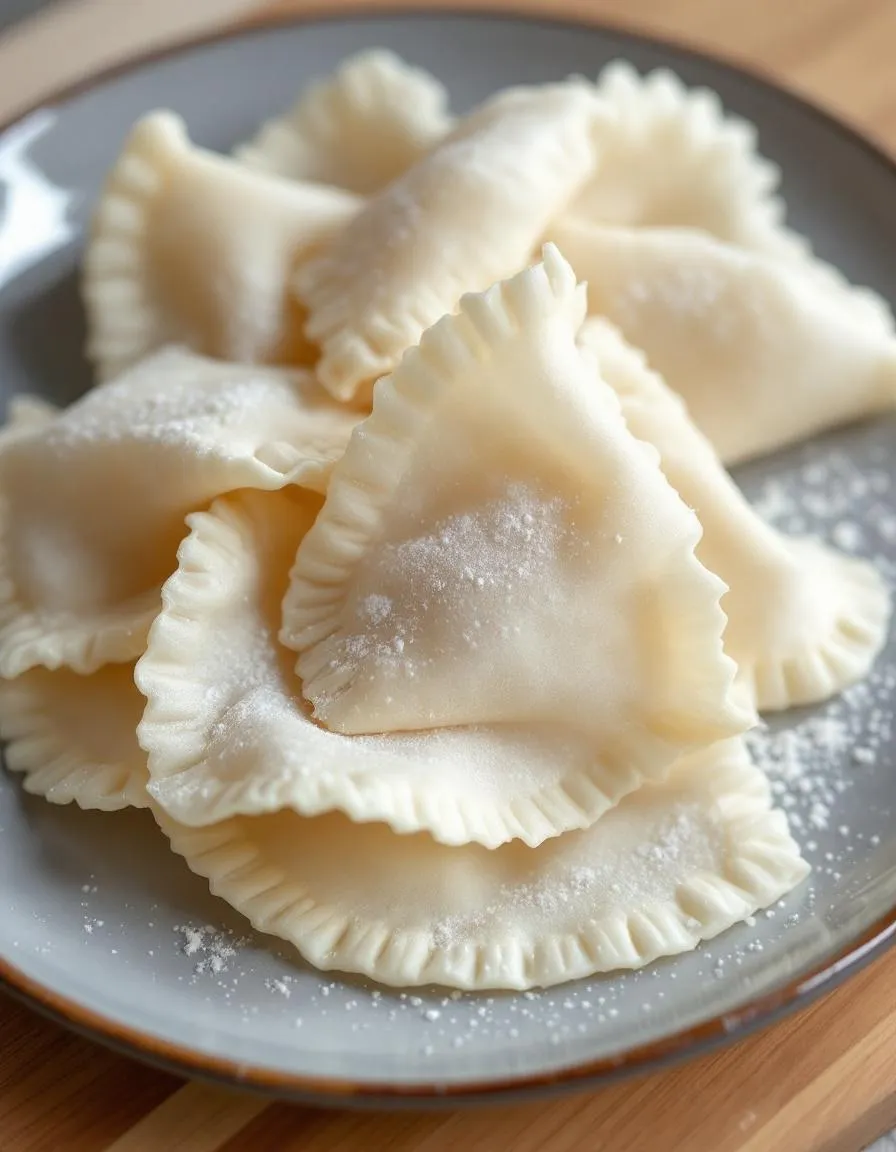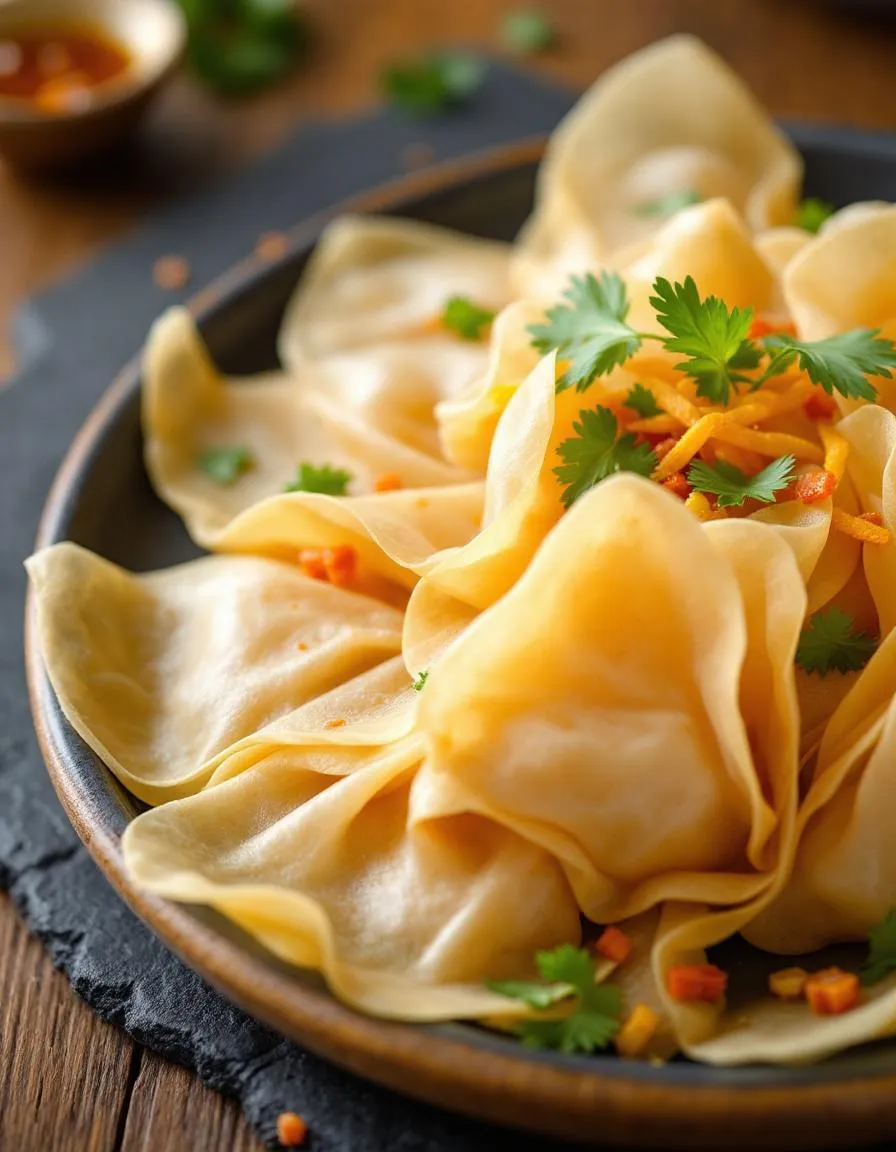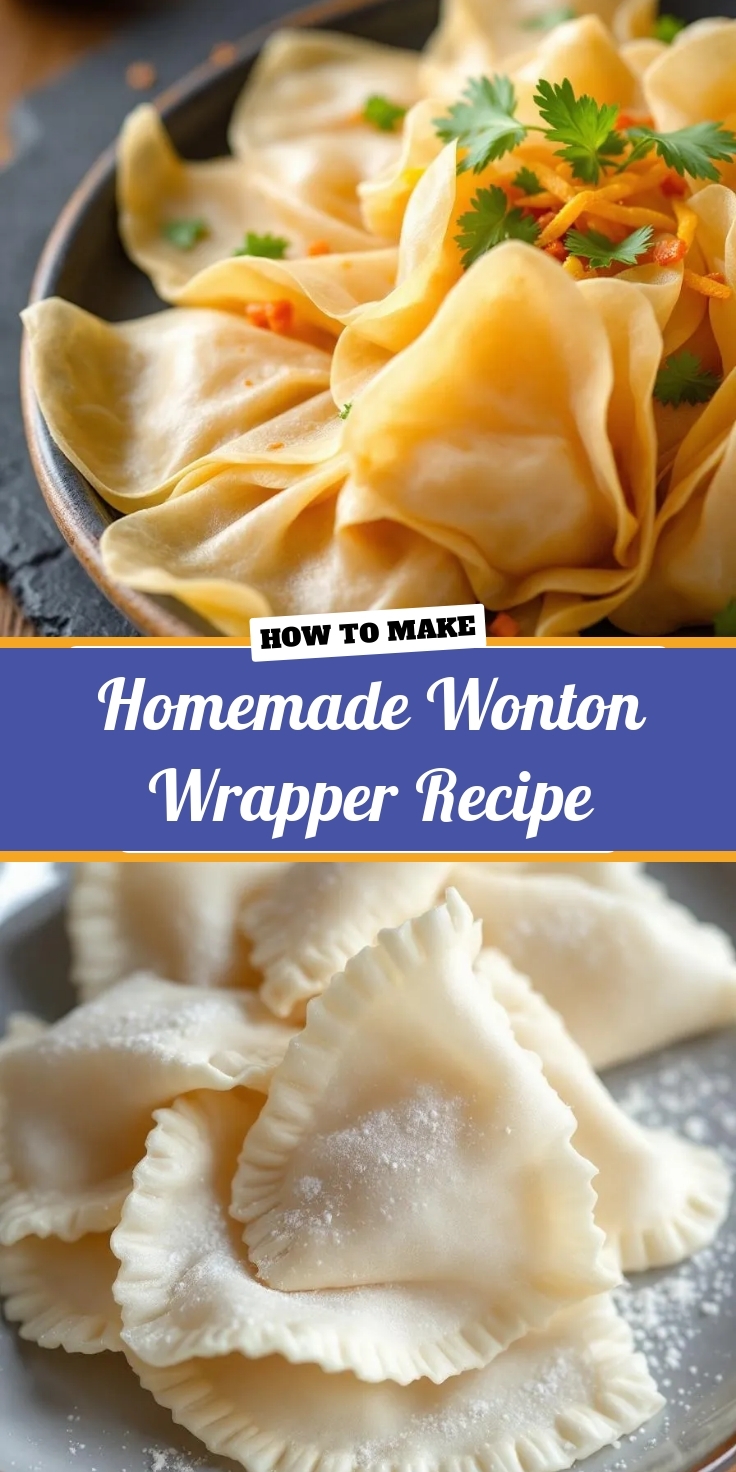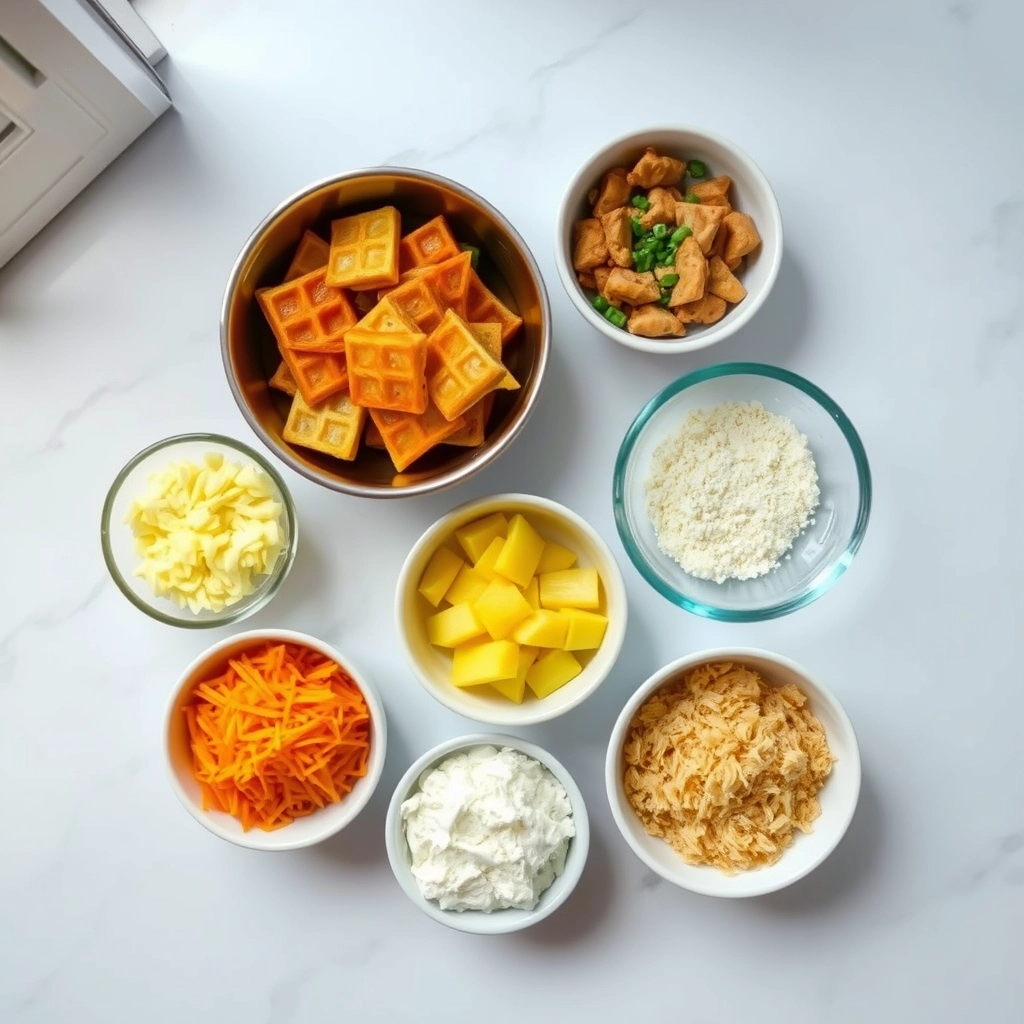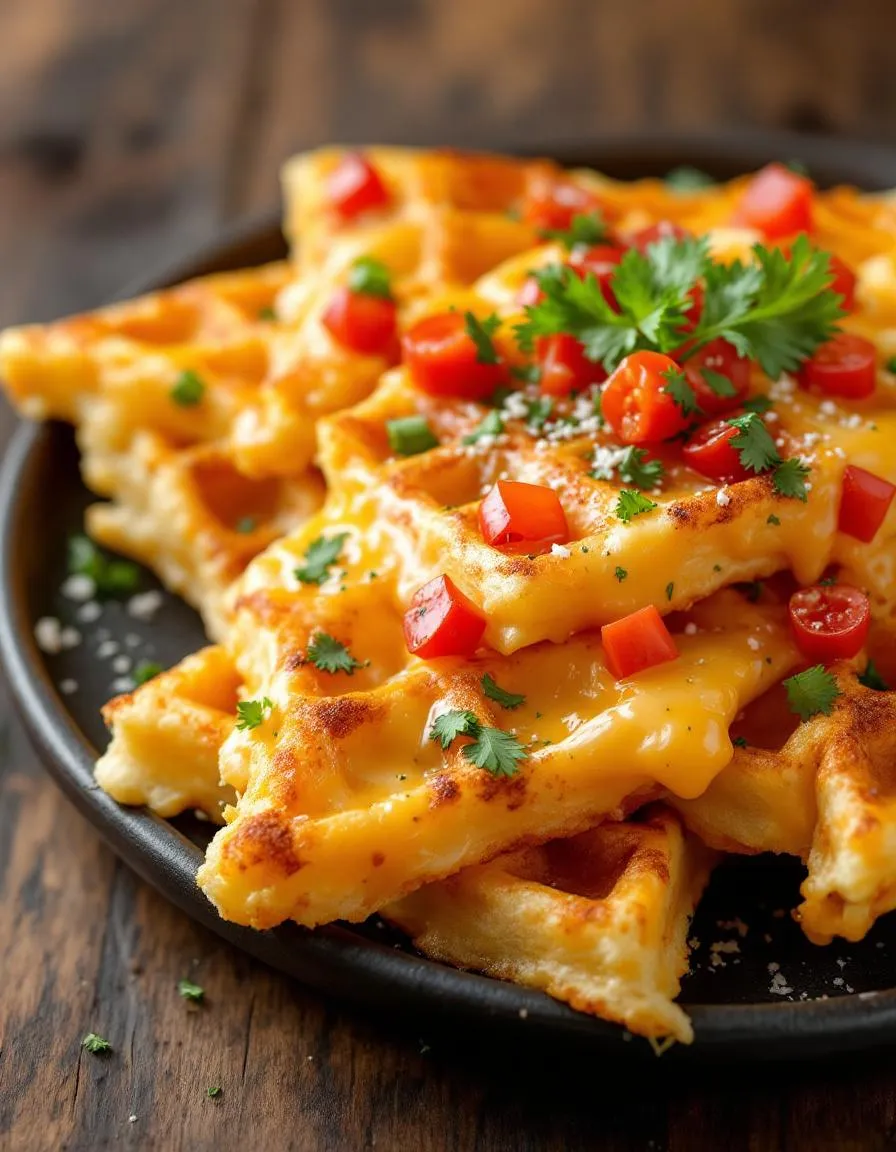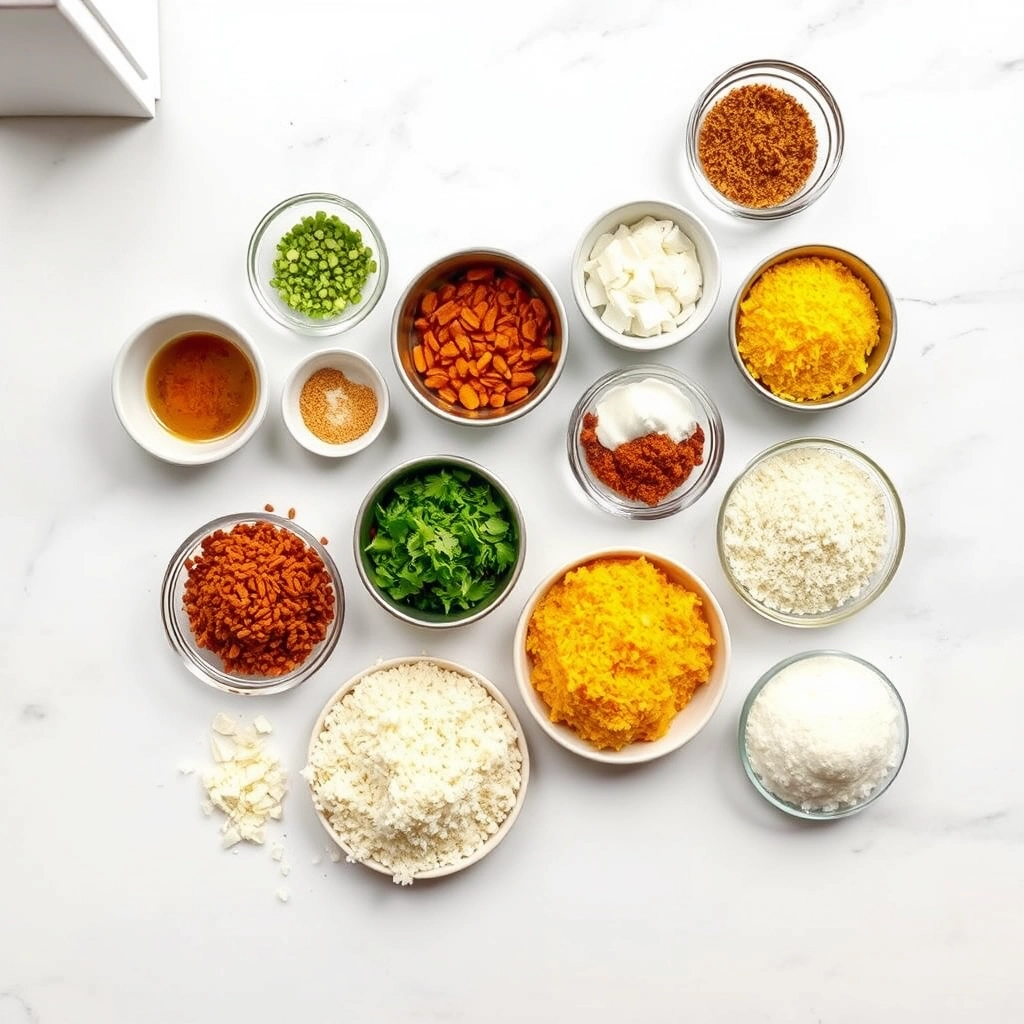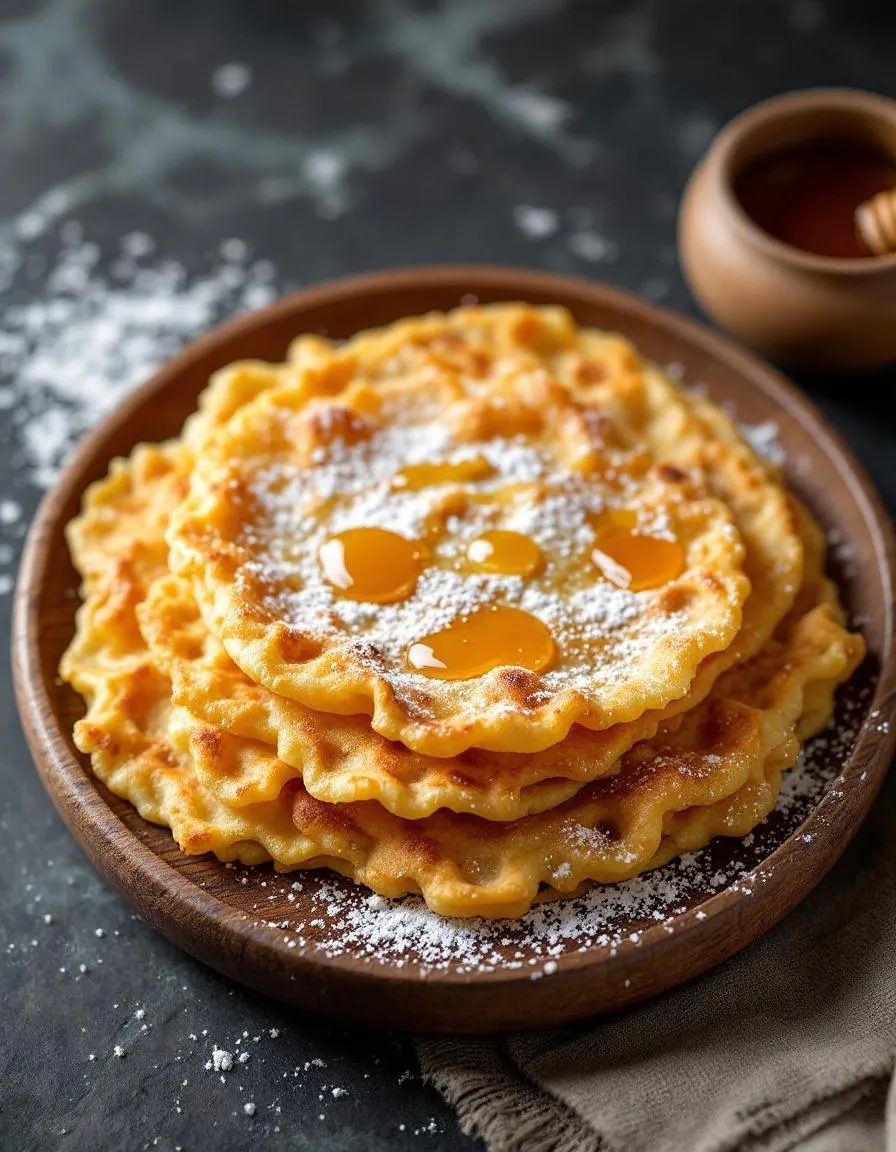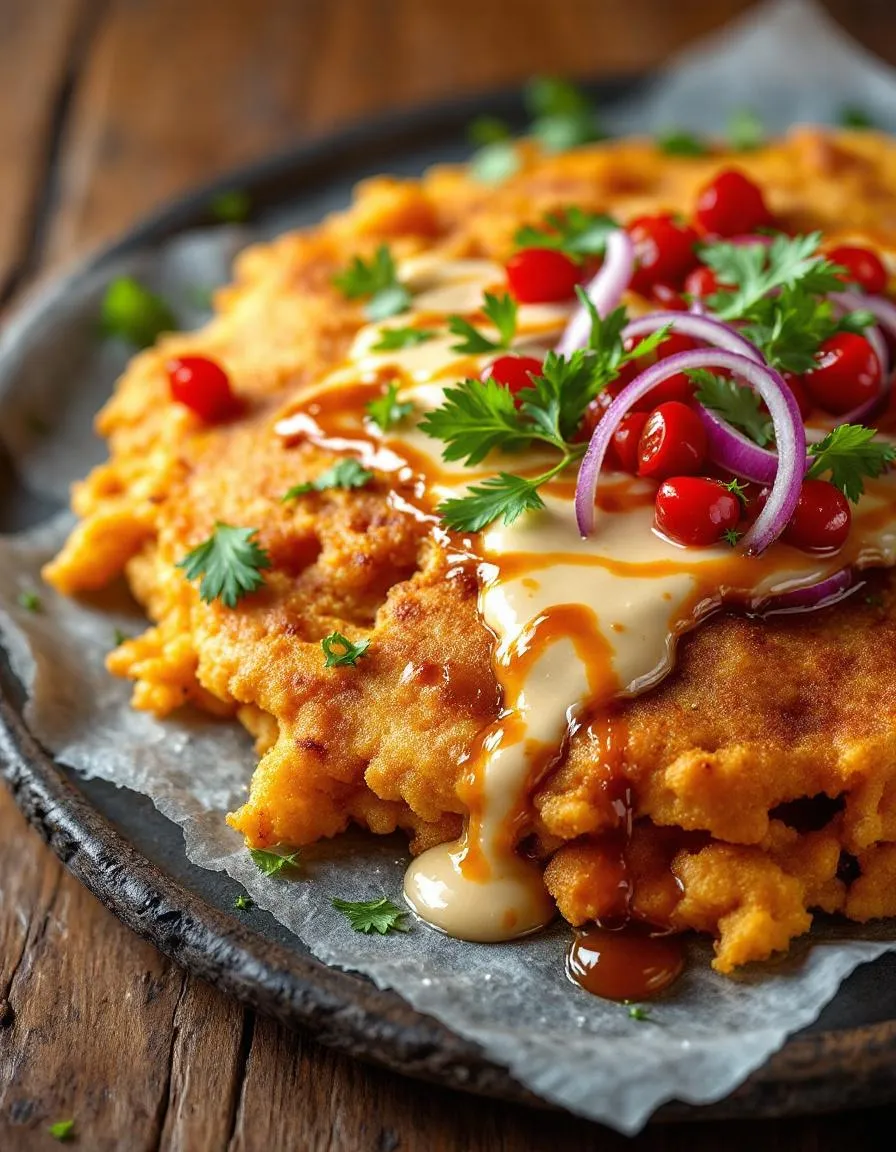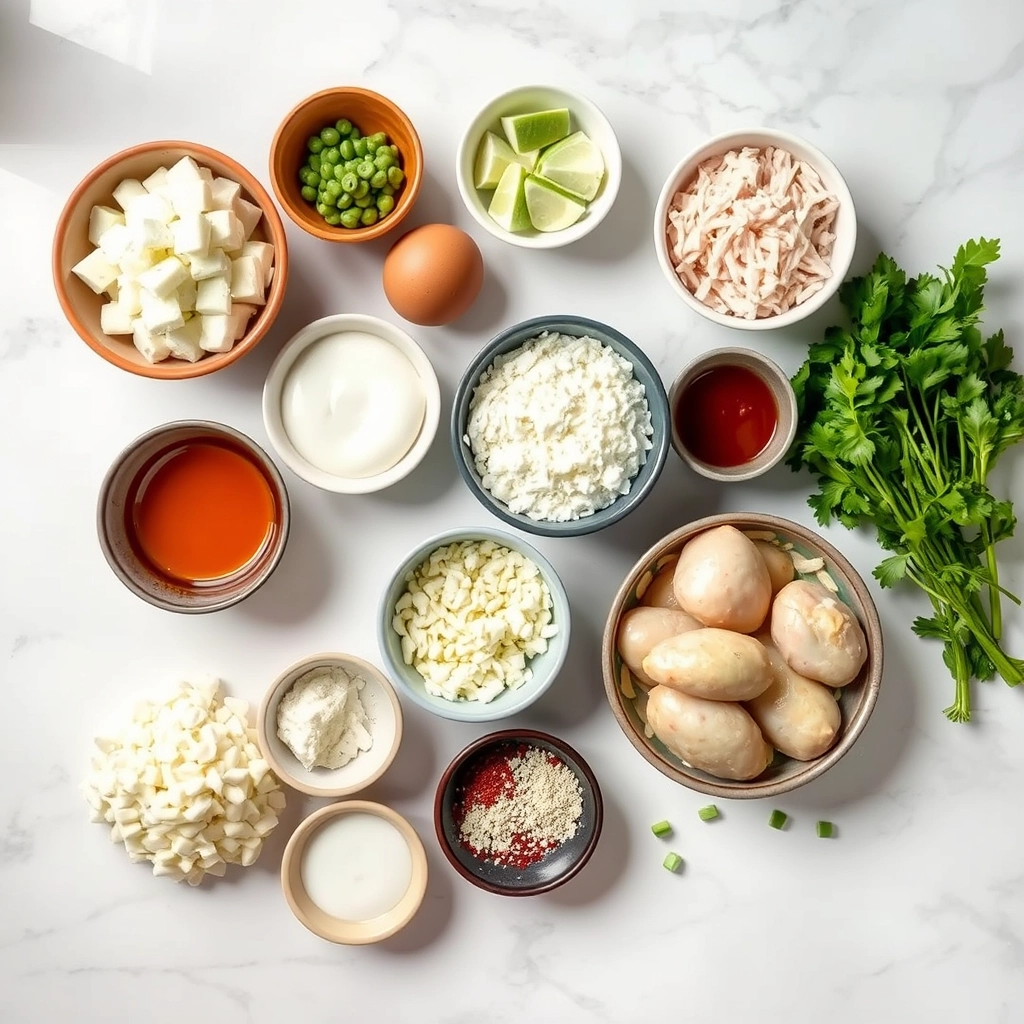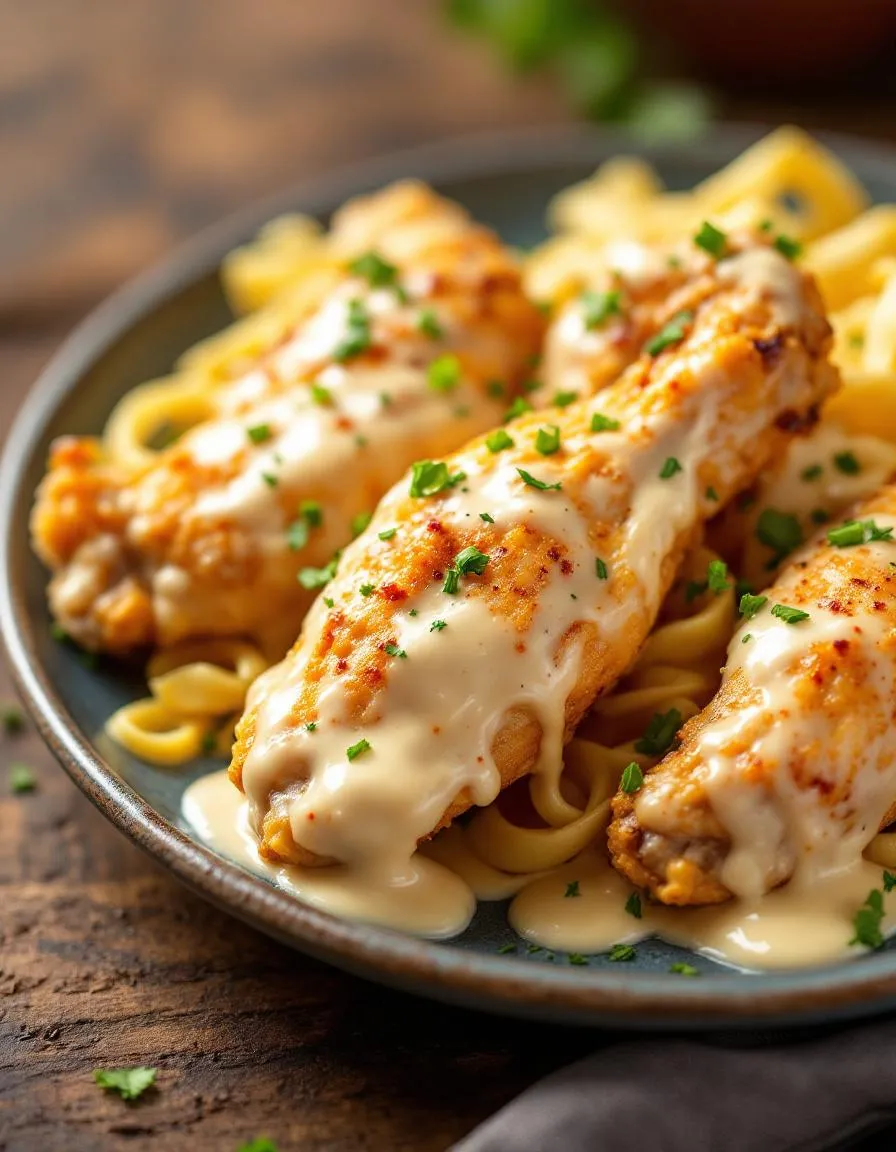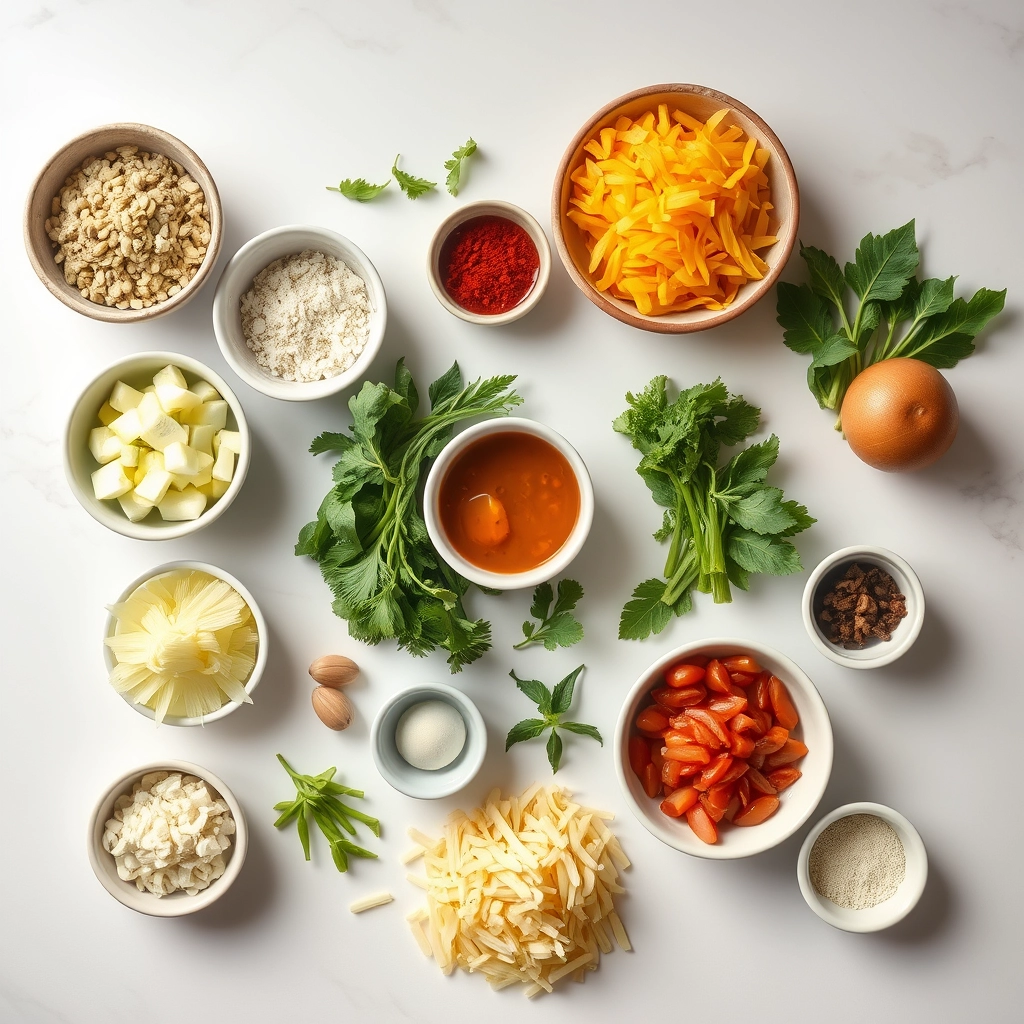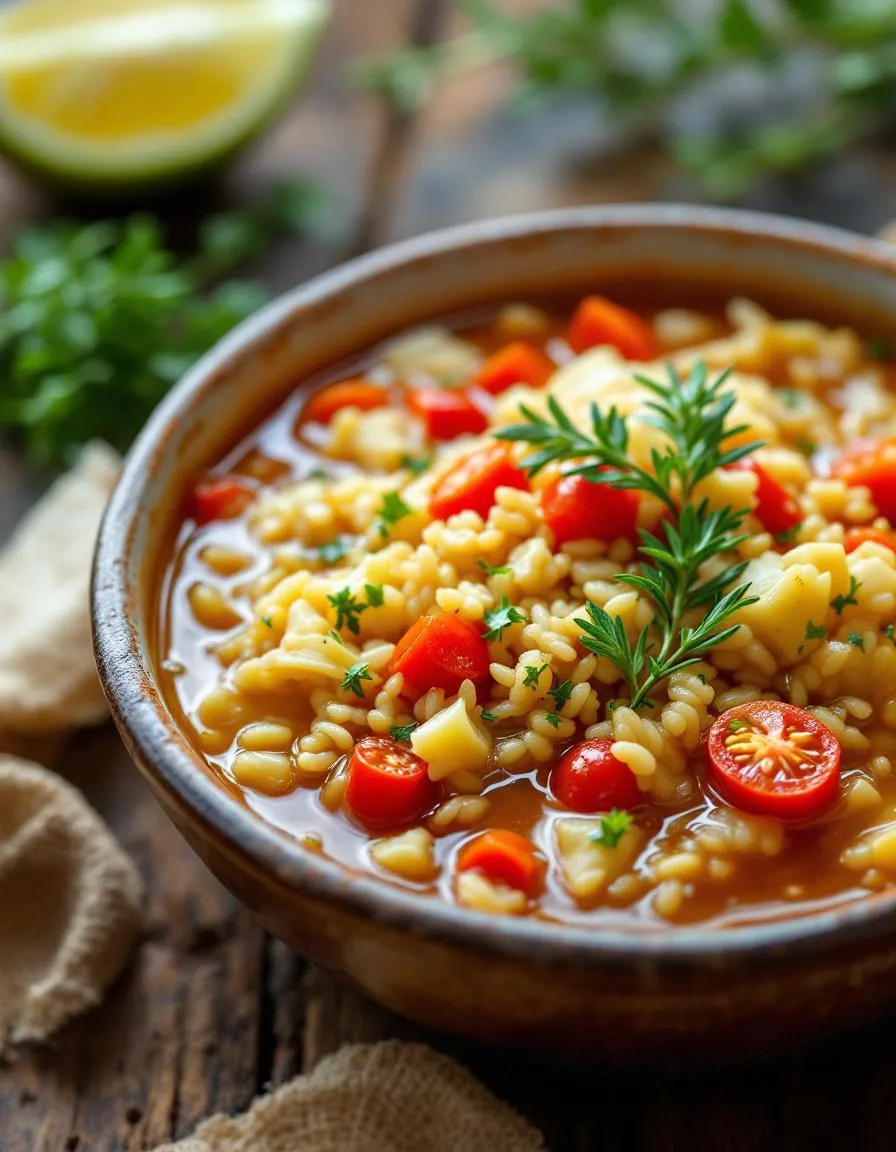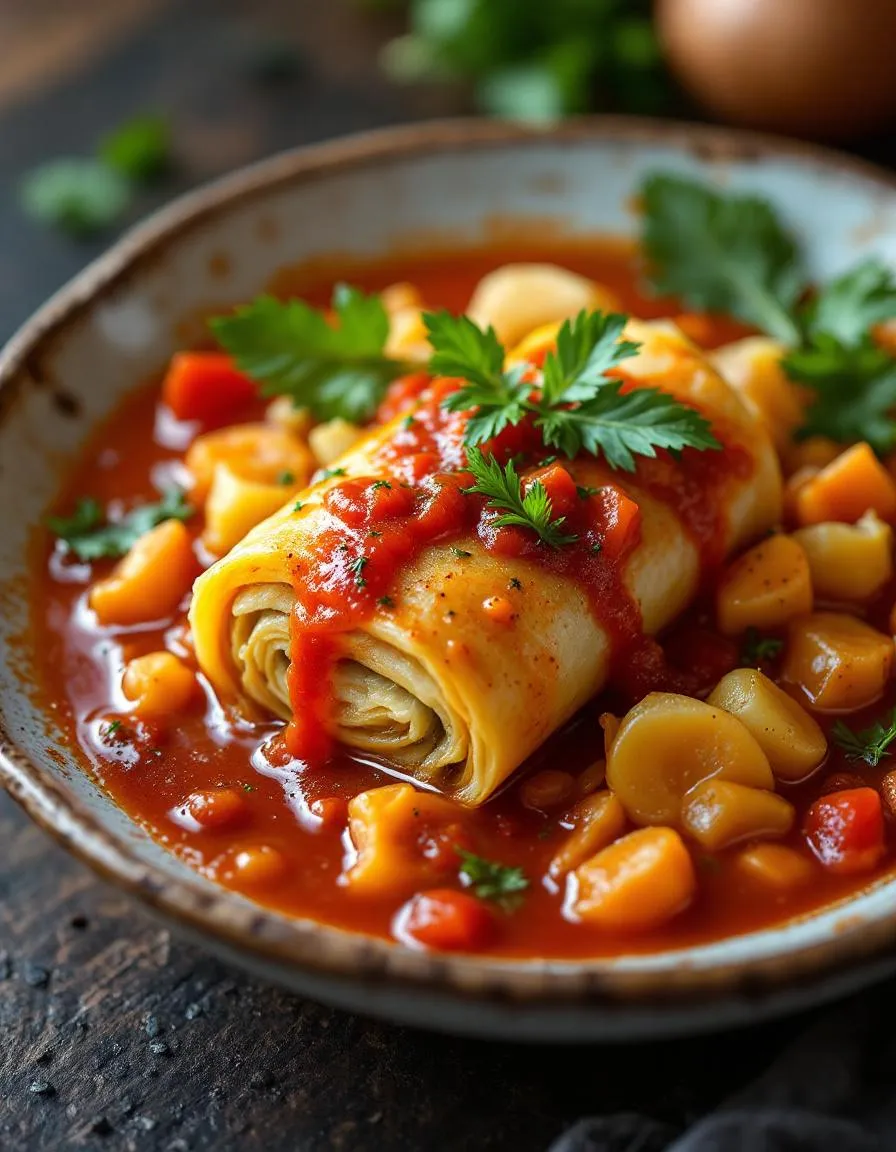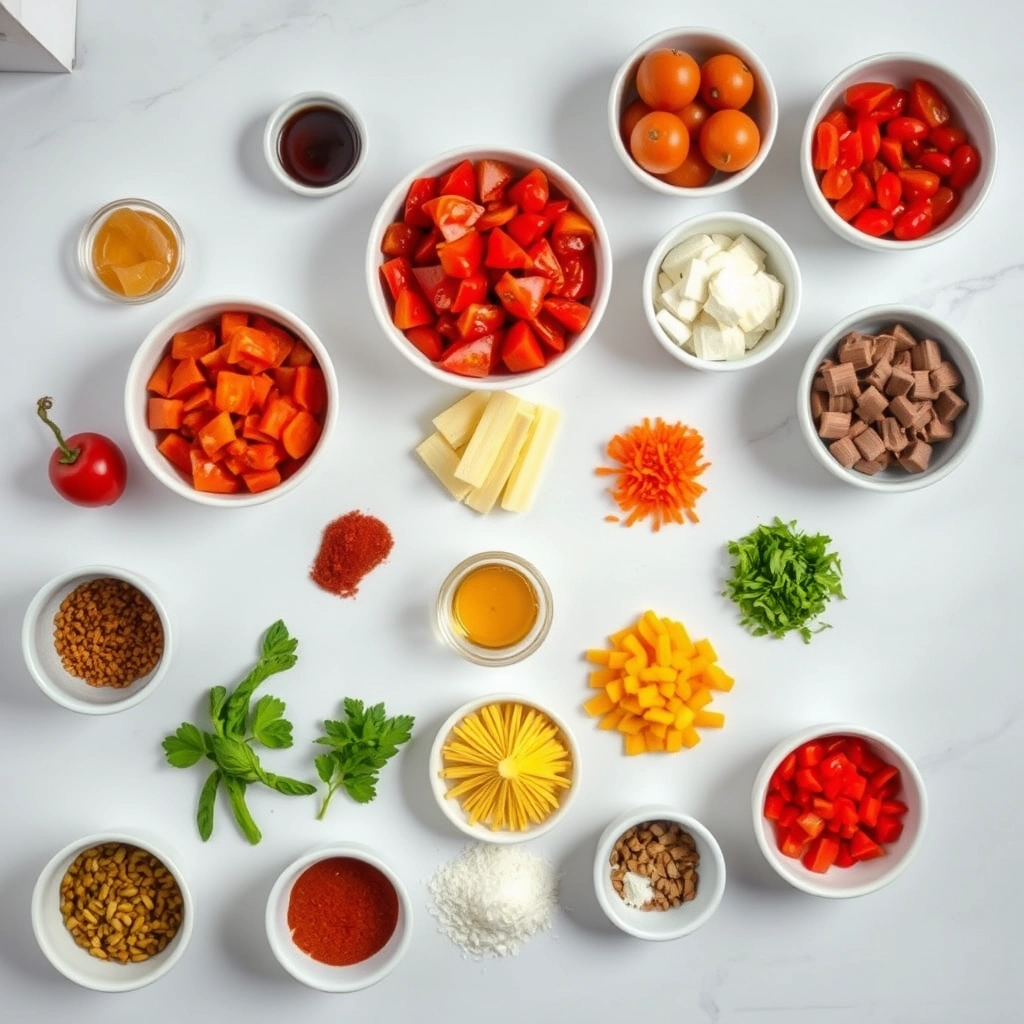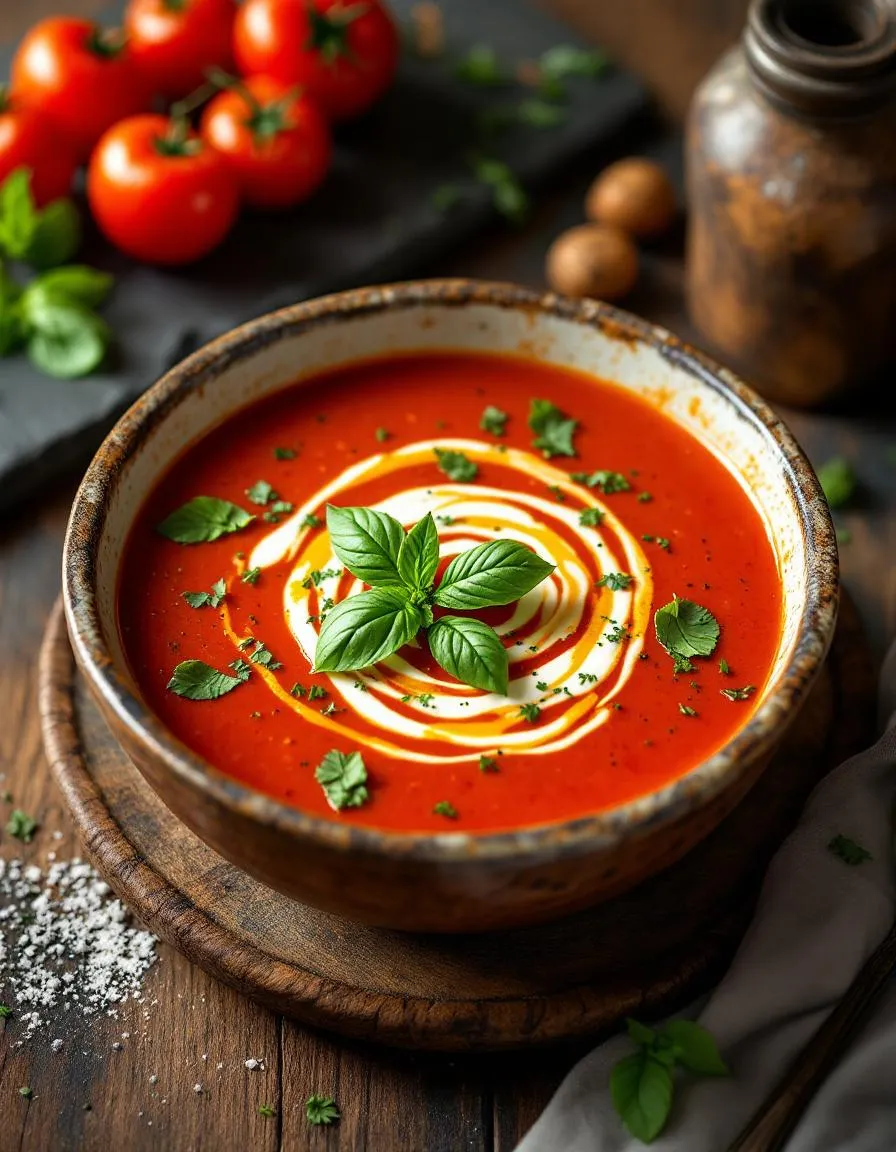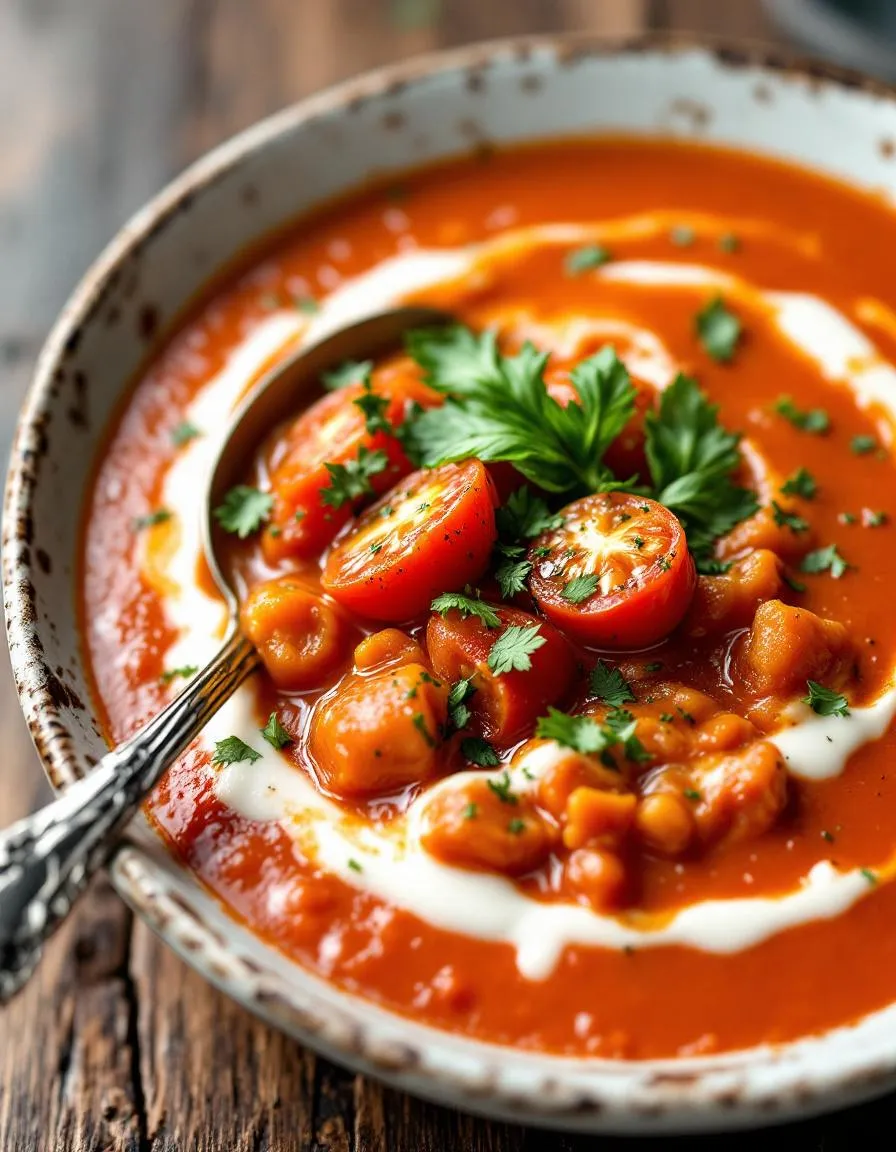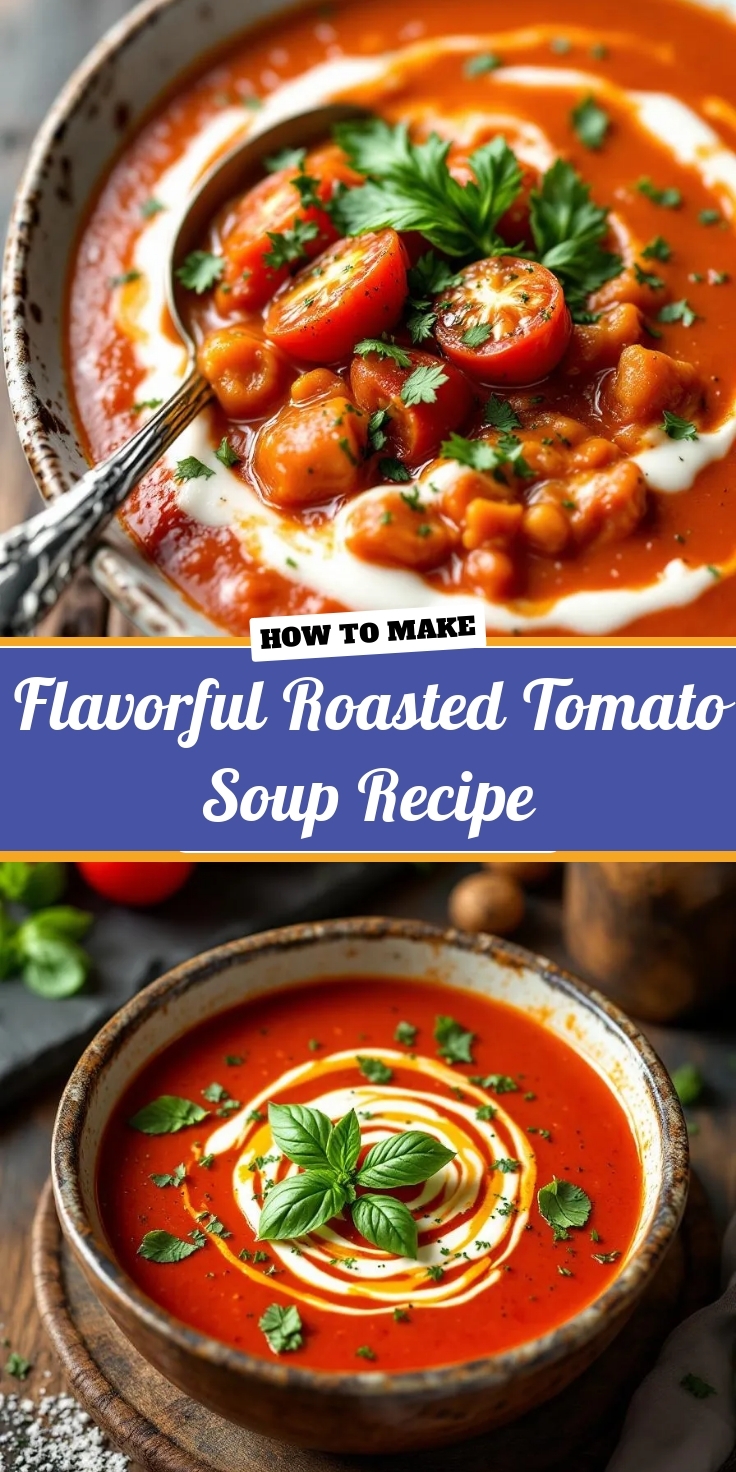Introduction
There’s something undeniably comforting about biting into a warm, gooey quesadilla, especially when it’s packed with tender chicken and melted cheese. That’s why I’m thrilled to share my recipe for Cheesy Chicken Quesadillas Delight—a dish that brings joy to weeknight dinners and impresses guests with minimal effort. Whether you’re cooking for picky eaters or craving a quick yet satisfying meal, this recipe delivers flavor and nostalgia in every bite.
Cheesy Chicken Quesadillas Delight is more than just a meal—it’s a celebration of simplicity and bold flavors. Perfectly golden tortillas cradle a filling of juicy chicken, melted cheese, and just the right blend of spices. What makes this recipe special is its versatility. You can customize it with your favorite toppings or keep it classic for a foolproof crowd-pleaser. Plus, it fits seamlessly into my blog’s mission of sharing approachable, family-friendly recipes that don’t sacrifice taste. If you love easy dinners with big flavor, you’ll adore my 5-Ingredient Meals collection, which includes more quick fixes like this one. And if you’re new to Mexican-inspired dishes, my Mexican Cooking Basics guide will help you master the essentials.
Why I Love This Recipe
Cheesy Chicken Quesadillas Delight holds a special place in my heart because it reminds me of lazy Sunday afternoons with my family. We’d gather around the stove, taking turns flipping quesadillas while sharing stories and laughter. Even now, the smell of sizzling cheese transports me back to those moments. It’s a recipe that never fails to bring people together, and I hope it becomes a staple in your home too.
Health and Nutrition
Why it’s good for your body
Cheesy Chicken Quesadillas Delight packs a nutritious punch while satisfying your cravings. First, the lean chicken provides high-quality protein, which helps build muscle and keeps you full longer. Additionally, the cheese adds calcium and vitamin D, supporting strong bones and immune function. Moreover, whole-wheat tortillas offer fiber, promoting healthy digestion and steady energy levels.
Furthermore, this dish includes a balance of macronutrients. The protein from chicken and cheese pairs perfectly with the carbs in tortillas, giving you sustained fuel. Meanwhile, healthy fats from cheese and cooking oils aid nutrient absorption. Plus, you can easily add veggies like bell peppers or spinach for extra vitamins and antioxidants. Cheesy Chicken Quesadillas Delight makes it simple to enjoy a meal that’s both delicious and nourishing.
Finally, the spices often used in this recipe, like cumin and paprika, bring their own benefits. For instance, they may boost metabolism and reduce inflammation. Whether you’re fueling up after a workout or need a quick family dinner, Cheesy Chicken Quesadillas Delight delivers flavor and nutrition in every bite.
How it fits in a healthy lifestyle
Cheesy Chicken Quesadillas Delight fits seamlessly into a balanced diet. If you’re watching your carbs, swap regular tortillas for low-carb or gluten-free options. For a heart-healthy twist, use reduced-fat cheese and olive oil. This dish also works great for meal prep, so you can enjoy it throughout the week without sacrificing nutrition.
If you’re aiming for high-protein meals, pair it with a side of black beans or a fresh salad. You’ll find more protein-packed ideas in our high-protein meal guide. And if you love balancing indulgence with health, explore our tips for a balanced diet. With simple tweaks, Cheesy Chicken Quesadillas Delight becomes a versatile staple for any healthy lifestyle.
Cheesy Chicken Quesadillas Delight
Description
A delicious and easy-to-make cheesy chicken quesadilla with a crispy tortilla and flavorful fillings.
Ingredients
Scale
For the Crust:
- 2 large flour tortillas
- 1 cup cooked chicken, shredded
- 1 cup shredded cheddar cheese
- 1/2 cup shredded Monterey Jack cheese
- 1/4 cup diced bell peppers
- 1/4 cup diced onions
- 1 tbsp olive oil
- 1 tsp taco seasoning
- 1/4 tsp salt
- 1/4 tsp black pepper
Instructions
1. Prepare the Crust:
- In a bowl, mix the shredded chicken with taco seasoning, salt, and black pepper.
- Heat olive oil in a skillet over medium heat. Add diced bell peppers and onions, sauté for 2-3 minutes until softened.
- Place one tortilla in the skillet. Sprinkle half of the cheddar and Monterey Jack cheese evenly over the tortilla.
- Spread the seasoned chicken and sautéed vegetables over the cheese. Top with the remaining cheese.
- Place the second tortilla on top and press down gently. Cook for 3-4 minutes until the bottom is golden brown.
- Carefully flip the quesadilla and cook for another 3-4 minutes until the other side is golden and the cheese is melted.
- Remove from heat, let cool for a minute, then slice into wedges and serve.
Notes
You can customize the seasonings to taste.
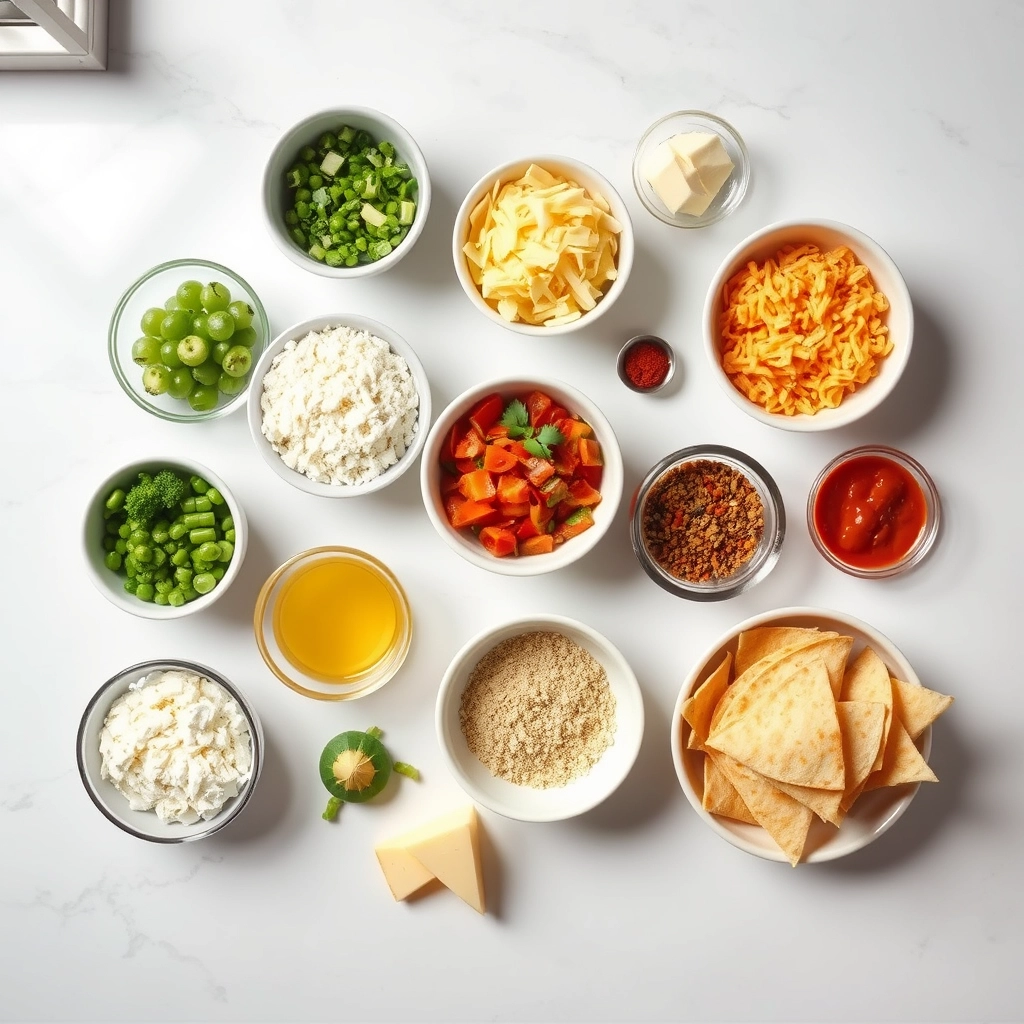
How to Prepare This Dish
Steps and time-saving tips
Start by prepping your ingredients for Cheesy Chicken Quesadillas Delight to streamline the process. Heat a skillet over medium heat and lightly coat it with oil or cooking spray. While the pan warms, shred cooked chicken and mix it with taco seasoning for a flavor boost. Next, layer a tortilla with a generous handful of shredded cheese, followed by the seasoned chicken and another sprinkle of cheese. Place a second tortilla on top, pressing gently to seal the layers. Carefully transfer the quesadilla to the skillet and cook for 2-3 minutes per side until golden and crispy. Meanwhile, chop fresh toppings like tomatoes, avocado, or cilantro to serve on the side. For a time-saving hack, use pre-cooked rotisserie chicken or batch-prep the filling ahead of time. If you’re making multiple quesadillas, keep finished ones warm in a low oven while you cook the rest. Finally, slice each quesadilla into wedges and serve with sour cream or salsa for dipping. The whole process takes under 20 minutes, making Cheesy Chicken Quesadillas Delight a perfect weeknight meal.
Mistakes I’ve made and learned from
When I first made Cheesy Chicken Quesadillas Delight, I overloaded the tortillas with filling, thinking more was better. The result? A messy, unmanageable flip that sent cheese oozing everywhere. Now, I stick to a moderate layer of ingredients—just enough to hold everything together without spillage. Another lesson came from using cold tortillas straight from the fridge, which made them tear easily. Letting them sit at room temperature for a few minutes first solves this. For more tips on handling delicate ingredients, check out my guide on perfect tortilla techniques. Also, I once skipped preheating the skillet, leading to uneven browning. A properly heated pan ensures that golden crispiness we all love. If you’re new to skillet cooking, my skillet secrets post covers the basics. Trust me, these small adjustments make a big difference in nailing this dish every time.

Cultural Connection and Variations
Where this recipe comes from
Cheesy Chicken Quesadillas Delight traces its roots to the vibrant streets of Mexico, where quesadillas first emerged as a simple yet satisfying meal. Traditionally, cooks stuffed tortillas with Oaxaca cheese and folded them over a hot griddle. Over time, the dish evolved, and today, Cheesy Chicken Quesadillas Delight adds tender chicken and melty cheeses for extra richness. In northern Mexico, you might find them grilled over an open flame, while in coastal regions, seafood often replaces chicken.
Families everywhere put their own spin on this dish. Some add smoky chipotle peppers, while others layer in caramelized onions or roasted poblanos. My abuela always swore by a sprinkle of queso fresco right before serving. Meanwhile, in Texas, Cheesy Chicken Quesadillas Delight often gets a Tex-Mex twist with jalapeños and a side of creamy avocado ranch. No matter the variation, the heart of the recipe stays the same—a warm, gooey embrace of comfort.
How it fits in today’s cooking
Cheesy Chicken Quesadillas Delight remains a weeknight hero because it’s quick, customizable, and universally loved. Busy parents lean on it for fuss-free dinners, while college students toast them in dorm-room skillets. Modern cooks also lighten it up with whole-wheat tortillas or dairy-free cheese, proving its versatility. During game days or casual gatherings, it’s a crowd-pleaser alongside classics like fresh guacamole.
Seasonally, this dish shines year-round. In summer, we stuff it with grilled corn and zucchini. Come winter, it pairs perfectly with hearty soups. Whether you’re meal-prepping or hosting friends, Cheesy Chicken Quesadillas Delight fits effortlessly into today’s kitchens. Its adaptability keeps it timeless, just like the cultures that inspired it.
Taste and Texture
What makes it delicious
Cheesy Chicken Quesadillas Delight delivers a mouthwatering blend of flavors and textures that make every bite irresistible. The gooey, melted cheese wraps around tender, seasoned chicken, creating a creamy and savory center. Meanwhile, the golden tortilla crisps to perfection, offering a satisfying crunch with each forkful. Fragrant spices like cumin and smoked paprika mingle with the sharpness of cheddar, while a hint of lime brightens the richness. Cheesy Chicken Quesadillas Delight balances hearty comfort with zesty freshness, making it a crowd-pleaser every time.
Boosting the flavor
Elevate your Cheesy Chicken Quesadillas Delight with a few easy tweaks. For extra heat, toss diced jalapeños into the filling or drizzle with spicy sriracha mayo. Alternatively, swap cheddar for pepper jack cheese to amplify the smokiness. Fresh toppings like avocado slices or a tangy cilantro lime dressing add cool contrast. Experiment with warming spices like chipotle powder or a pinch of garlic salt for deeper flavor layers. The possibilities are endless!

Tips for Success
Best practices for results
Always preheat your skillet over medium heat before adding the Cheesy Chicken Quesadillas Delight to ensure even cooking. Additionally, shred your own cheese instead of using pre-shredded varieties for a smoother melt. For extra flavor, lightly butter the tortillas before assembling, and press them down gently in the pan to crisp them perfectly. Finally, let the quesadillas rest for a minute after cooking so the cheese sets slightly, making them easier to slice.
Mistakes to avoid
Avoid overfilling the tortillas, as too much filling can cause the Cheesy Chicken Quesadillas Delight to fall apart when flipping. Instead, distribute the chicken and cheese evenly for a balanced bite. Also, resist the urge to crank up the heat—cooking too quickly can burn the tortillas before the cheese melts. For more tips on handling quesadillas, check out our guide on perfect tortilla techniques. Another common mistake is skipping the resting step, which leads to messy slices. If you need help with timing, our kitchen timer tricks can keep you on track.
Serving and Pairing Suggestions
How to serve this dish
Serve Cheesy Chicken Quesadillas Delight fresh off the skillet for the ultimate gooey, melty experience. For a vibrant presentation, slice them into triangles and arrange them on a wooden board with lime wedges and fresh cilantro. Alternatively, stack them high on a platter for a casual family dinner or game-day spread. If you’re hosting a brunch, pair them with a colorful fruit salad to balance the richness. No matter the occasion, a dollop of sour cream or a drizzle of zesty salsa on the side instantly elevates the dish.
What goes well with it
Pair Cheesy Chicken Quesadillas Delight with a tangy mango avocado salad for a refreshing contrast to the savory flavors. The creamy avocado and sweet mango perfectly cut through the richness of the cheese. For a heartier meal, try serving it alongside a bowl of smoky black bean soup, which adds depth and warmth. Don’t forget a crisp, citrusy margarita or an ice-cold horchata to wash it all down. If you’re craving more Mexican-inspired sides, our cilantro lime rice or roasted street corn make fantastic additions.

For the ultimate Cheesy Chicken Quesadillas Delight, use a blend of Monterey Jack and cheddar cheese. These cheeses melt smoothly and add rich flavor without overpowering the chicken. Avoid pre-shredded cheese, as it contains anti-caking agents that can make the texture grainy.
Yes! Prep the chicken filling and shred the cheese a day in advance, but assemble and cook the quesadillas just before serving for the crispiest results. Reheating Cheesy Chicken Quesadillas Delight can make them soggy, so fresh is best.
Pat the chicken dry before cooking and avoid overloading the quesadilla with wet ingredients like salsa. Cook Cheesy Chicken Quesadillas Delight on medium heat to melt the cheese evenly without steaming the tortilla. Let them rest for a minute before cutting to set the filling.
Pair Cheesy Chicken Quesadillas Delight with fresh guacamole, pico de gallo, or a tangy sour cream dip. A light Mexican-style salad or cilantro lime rice balances the richness perfectly. For a quick option, tortilla chips and salsa work great too.


